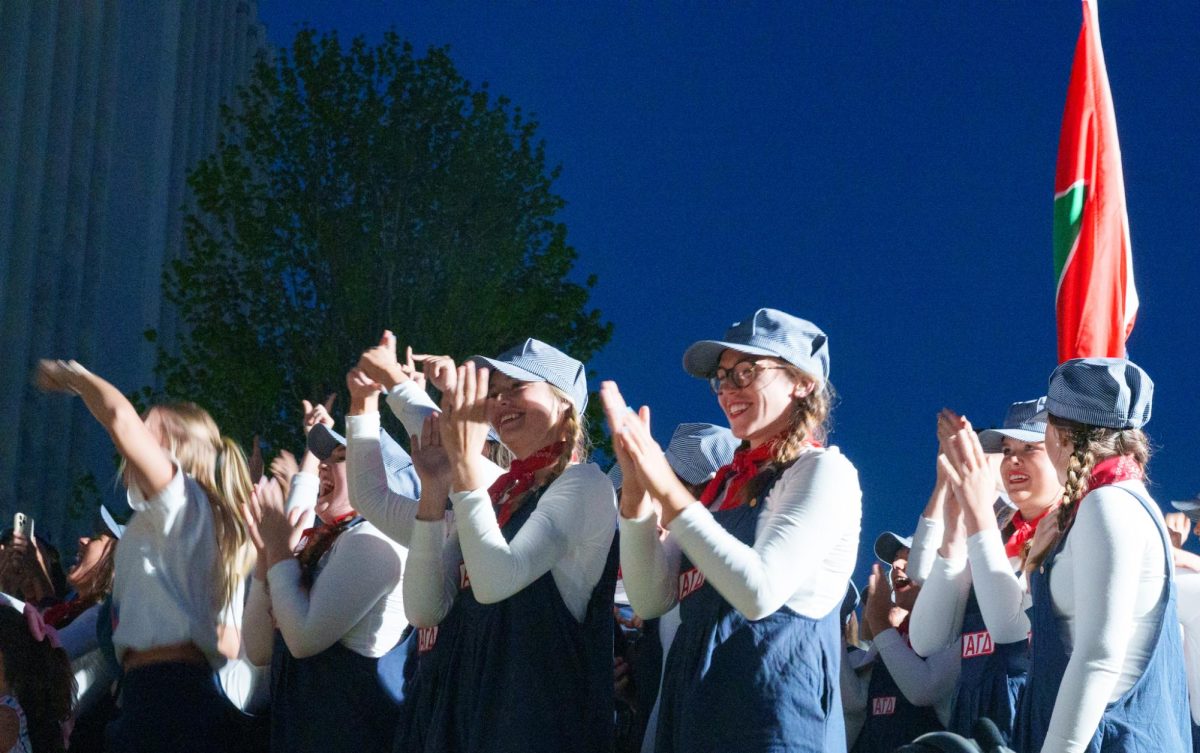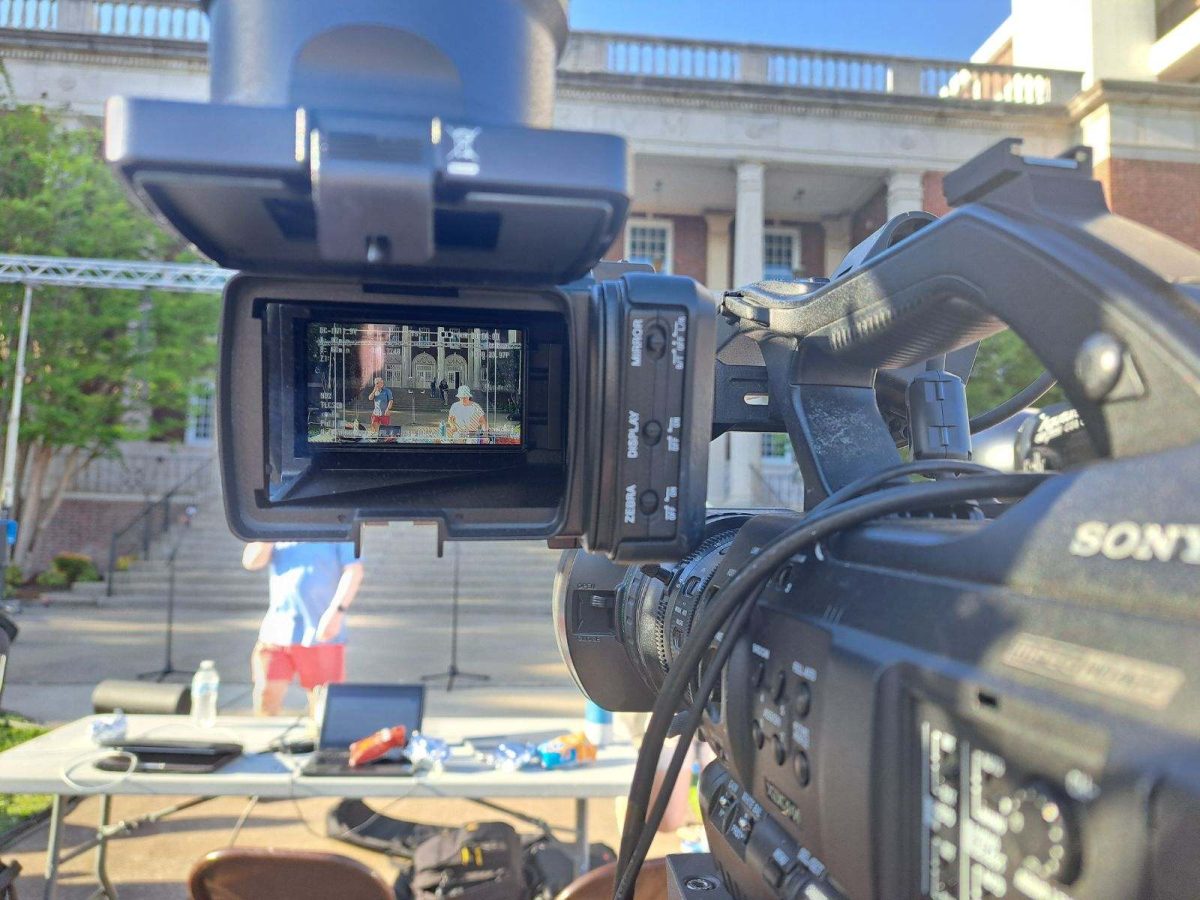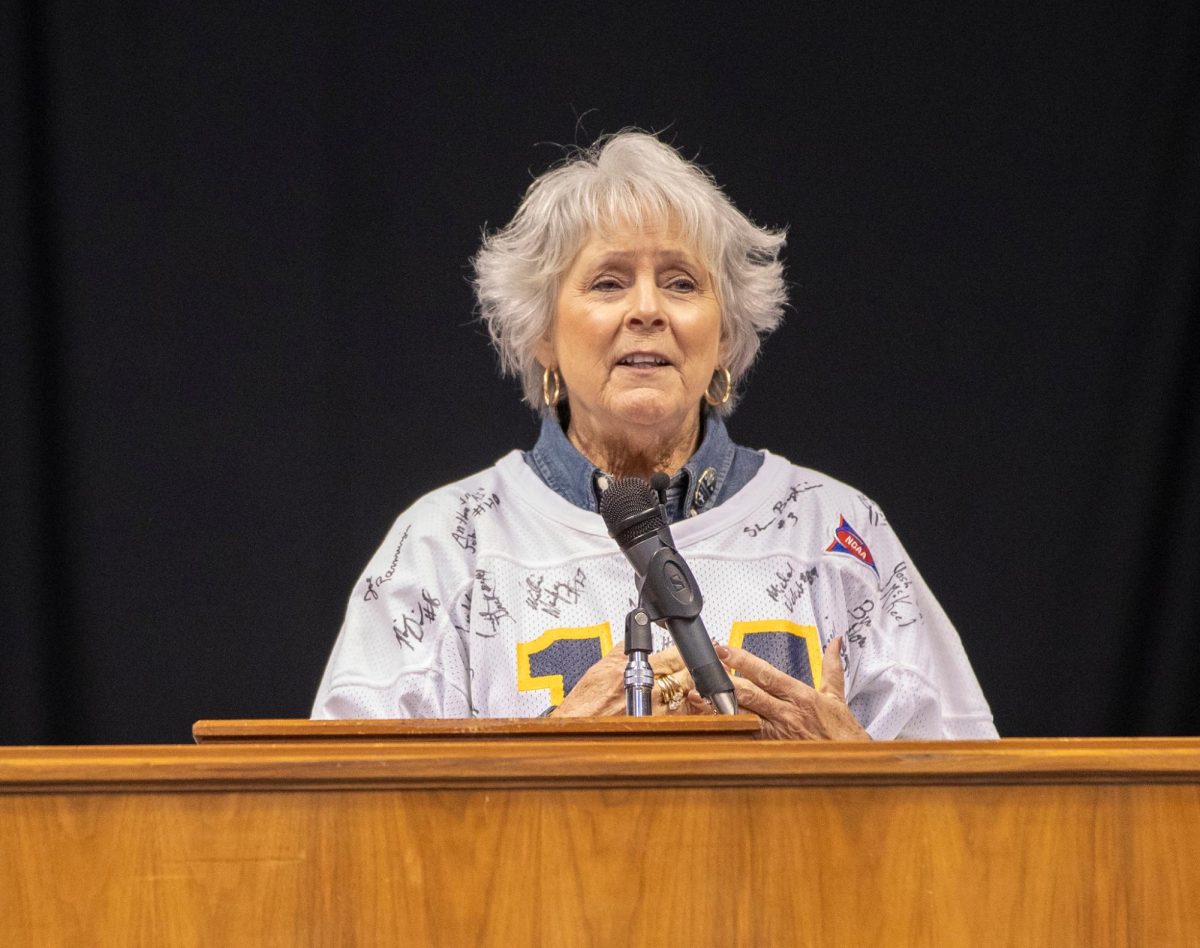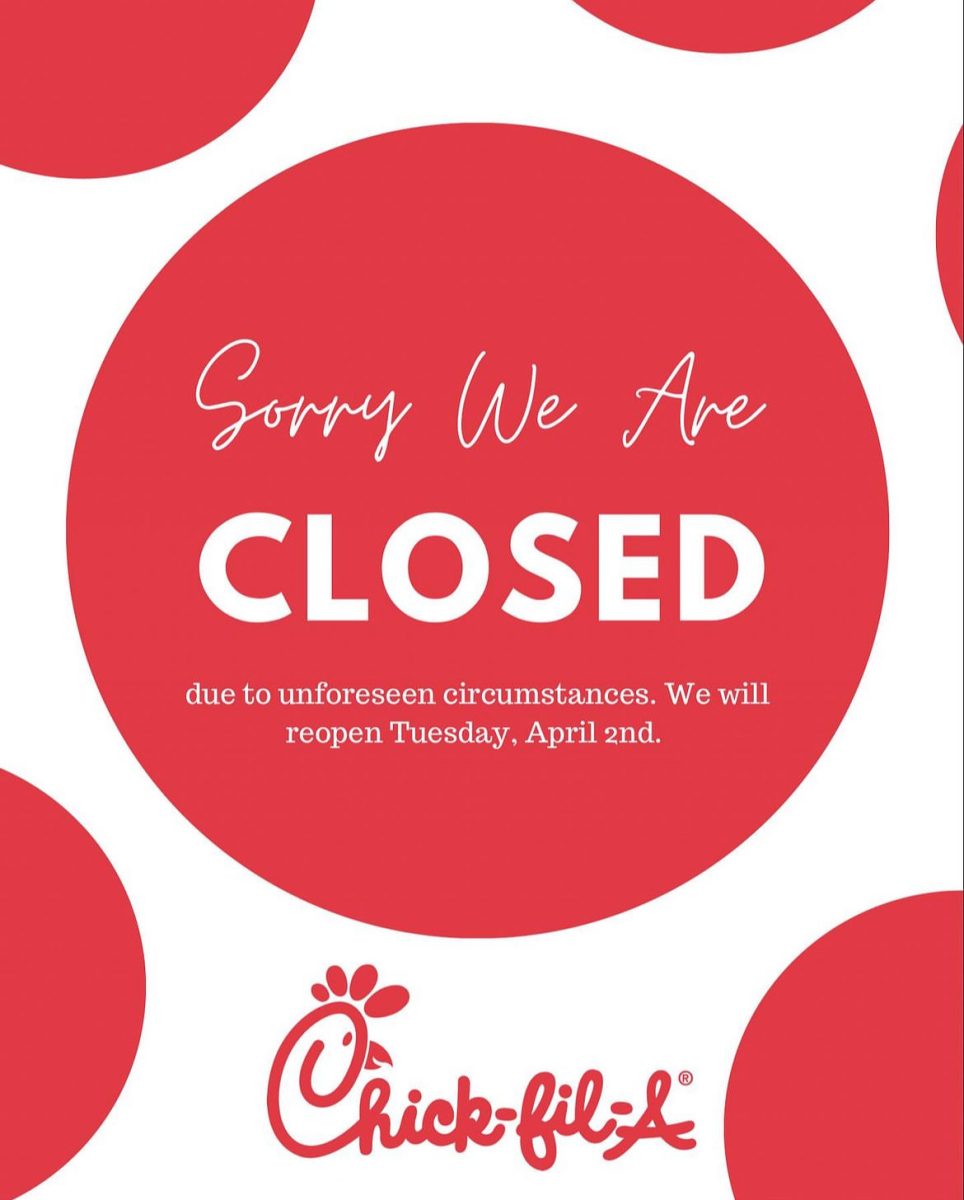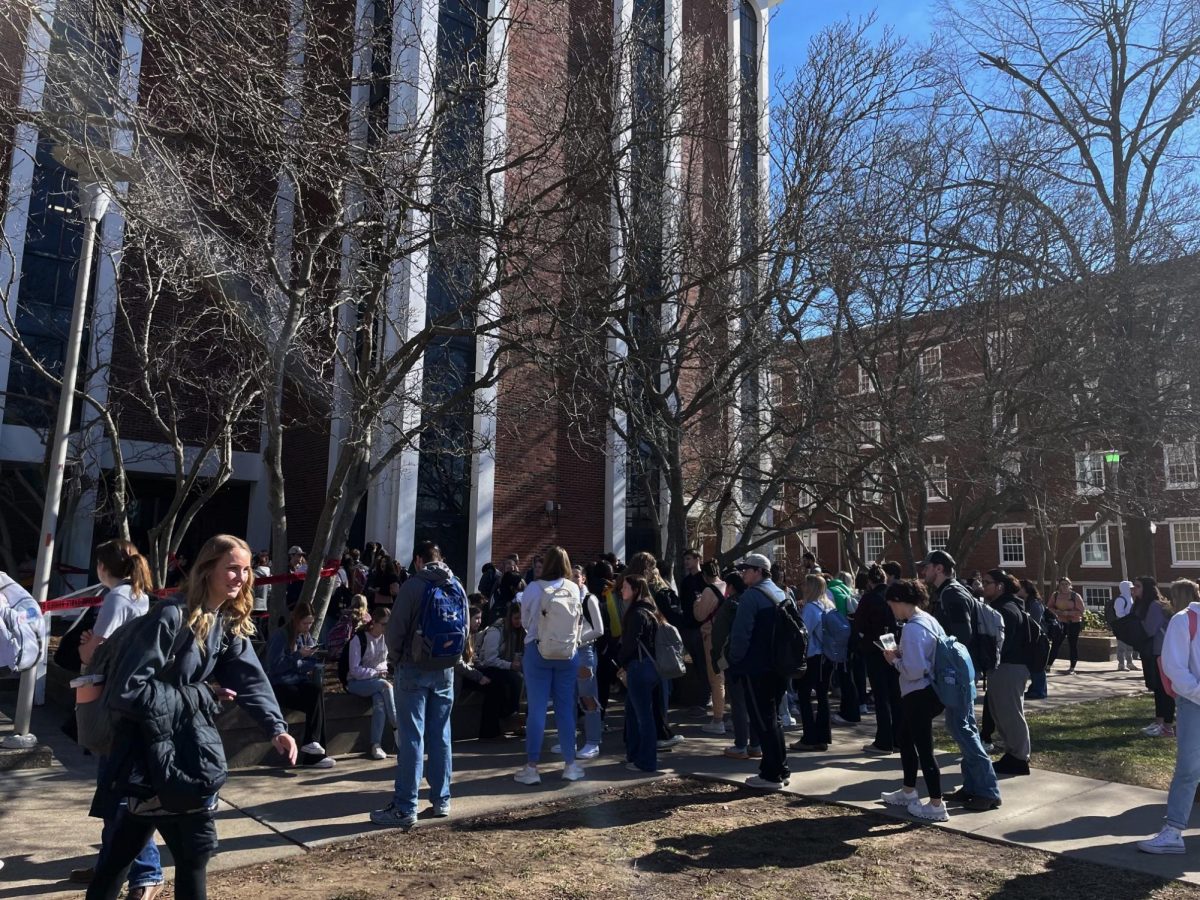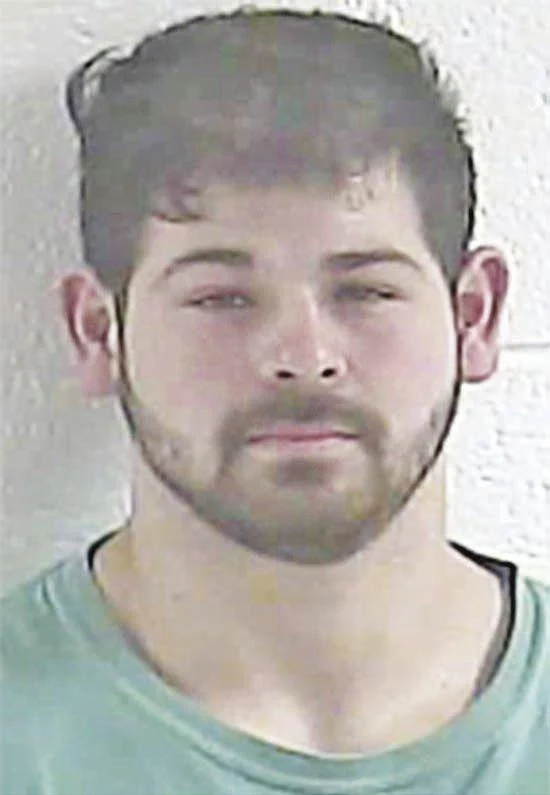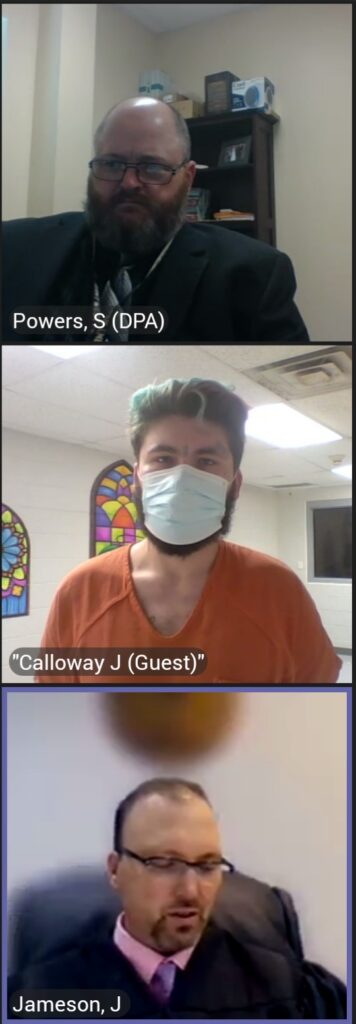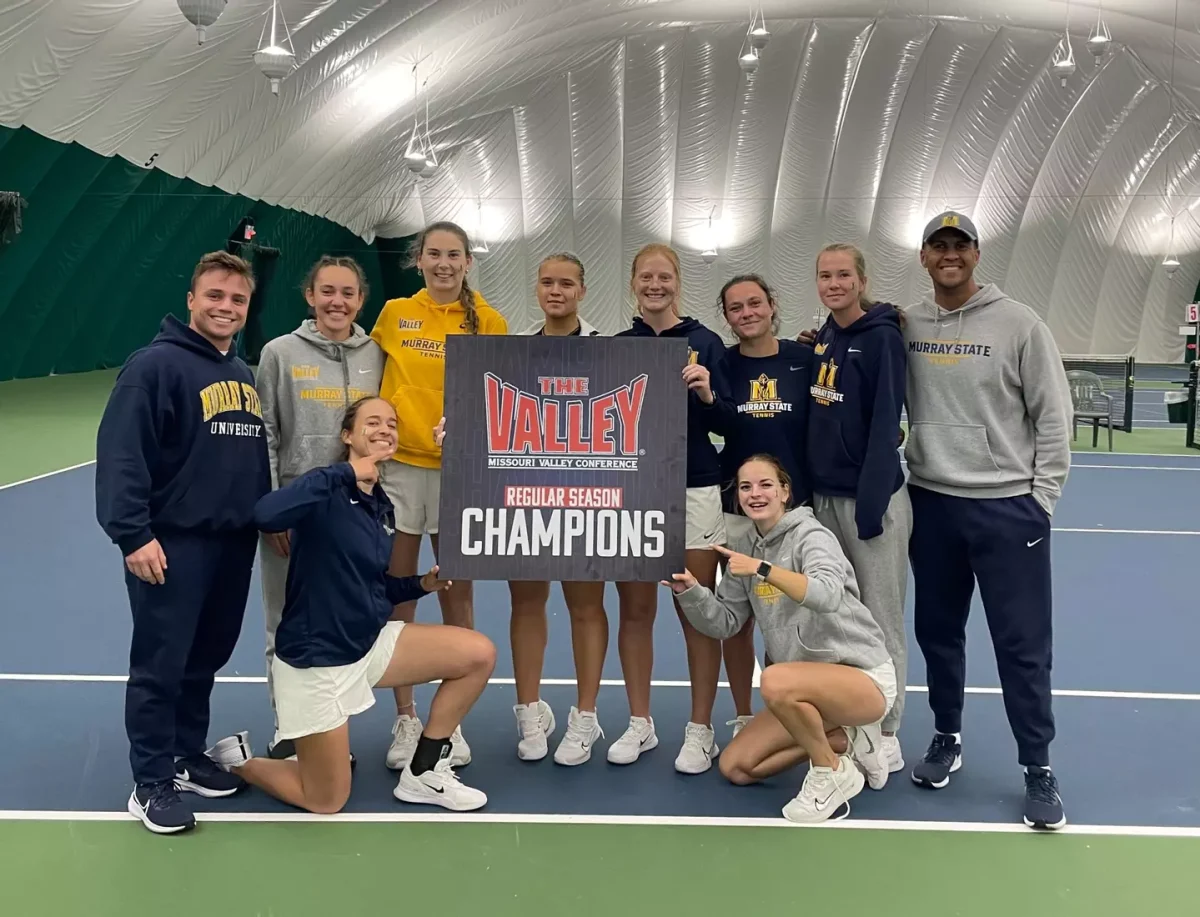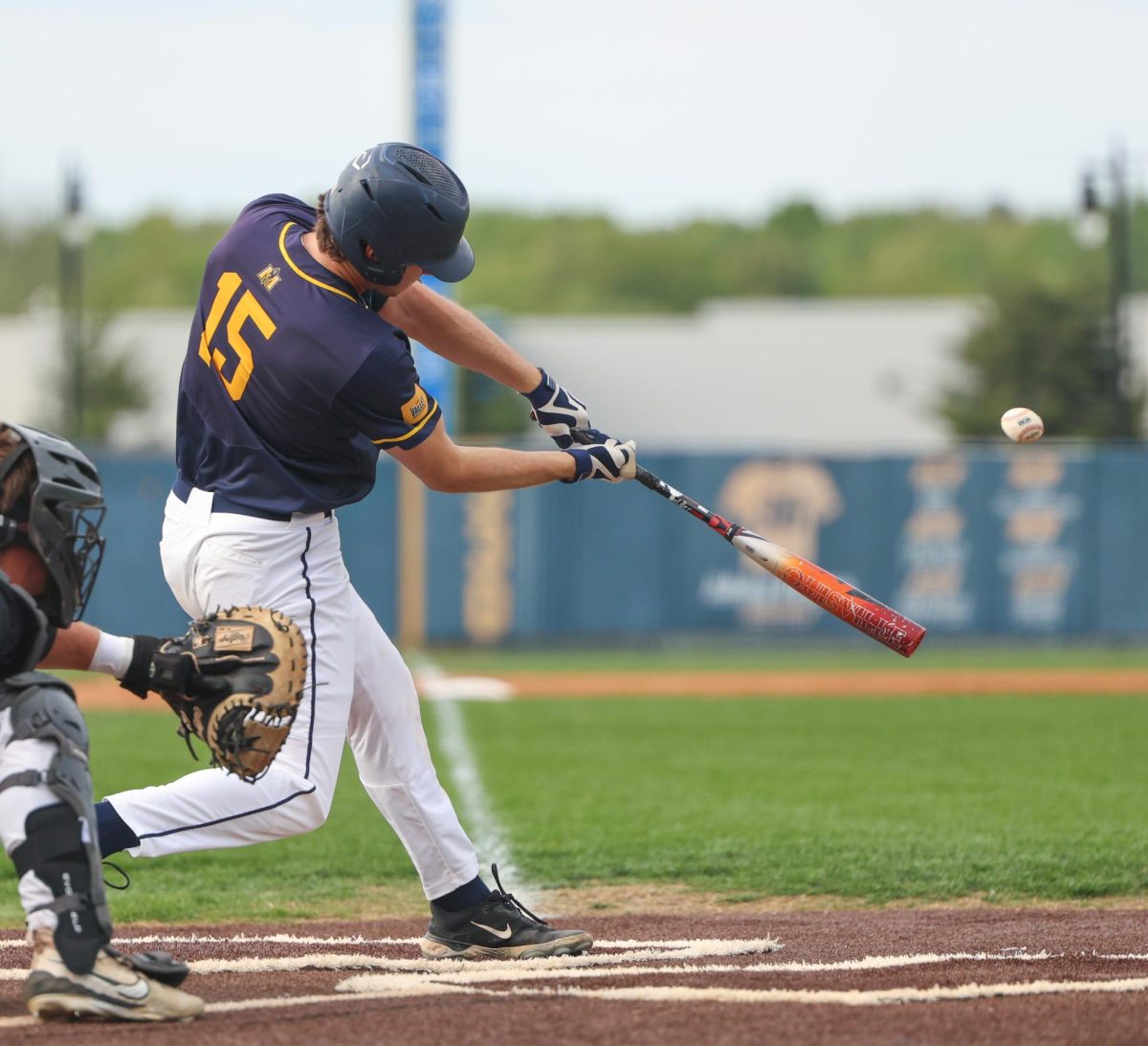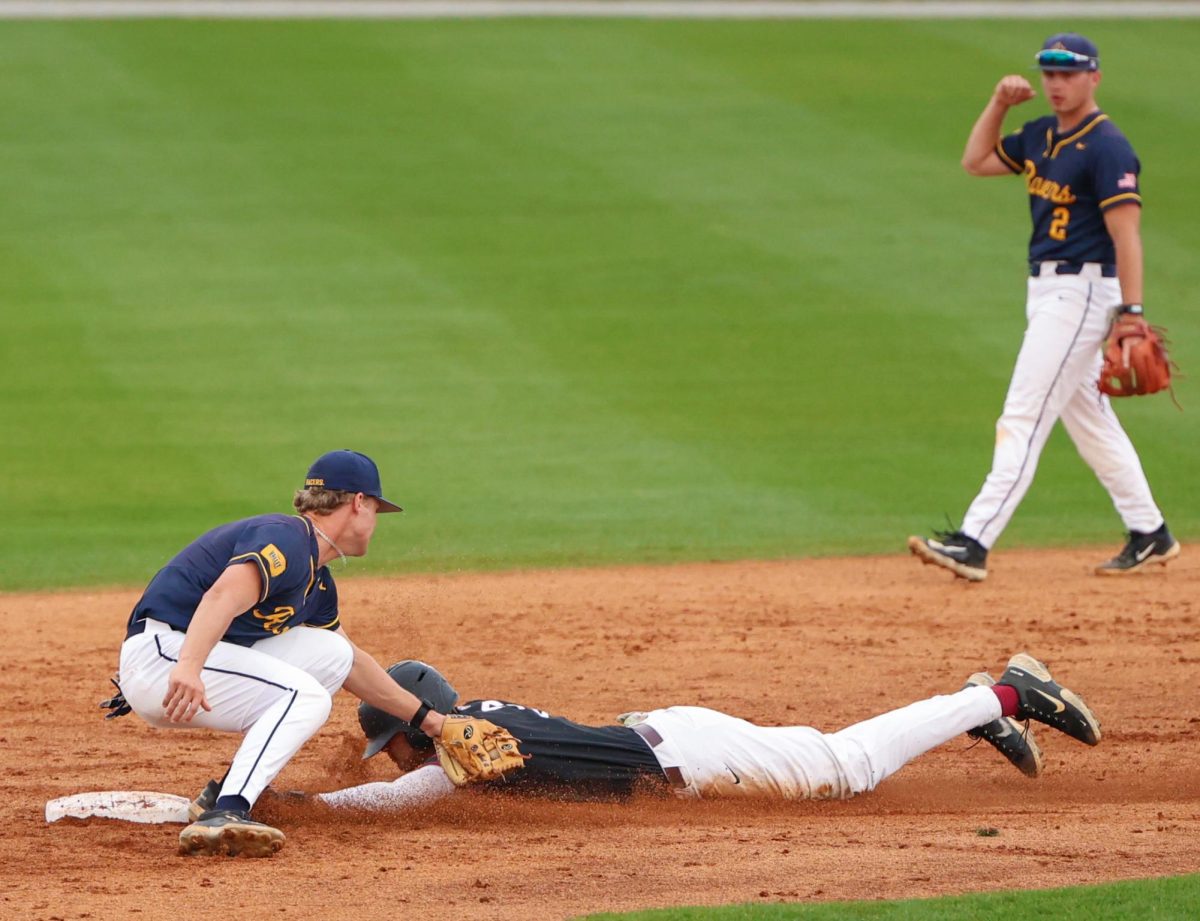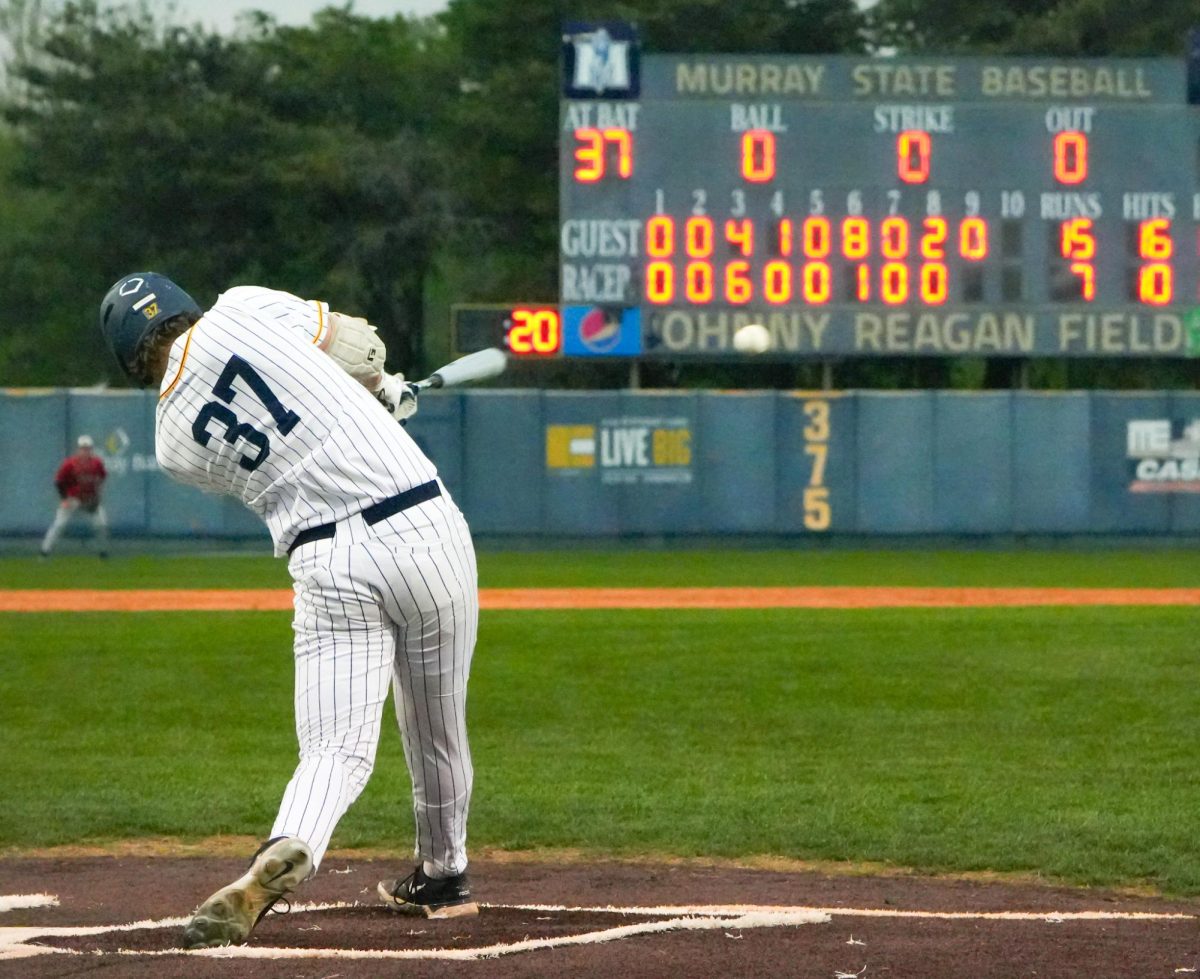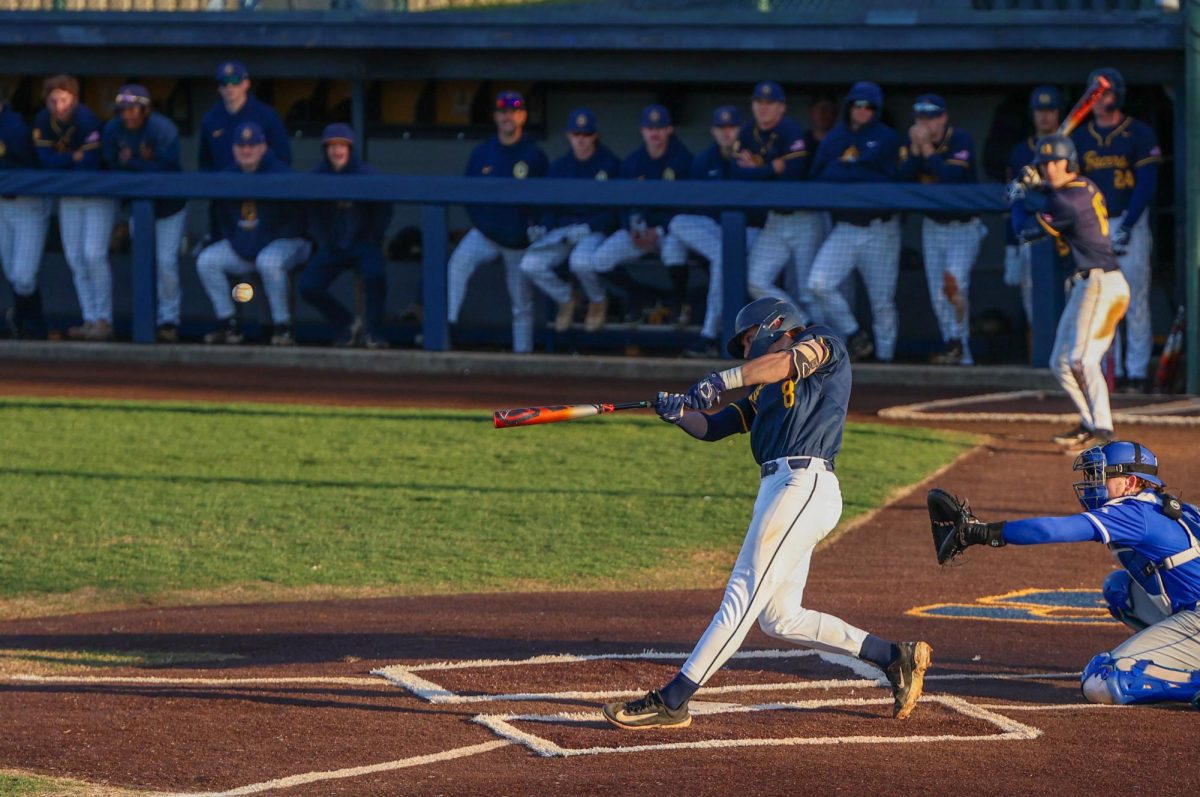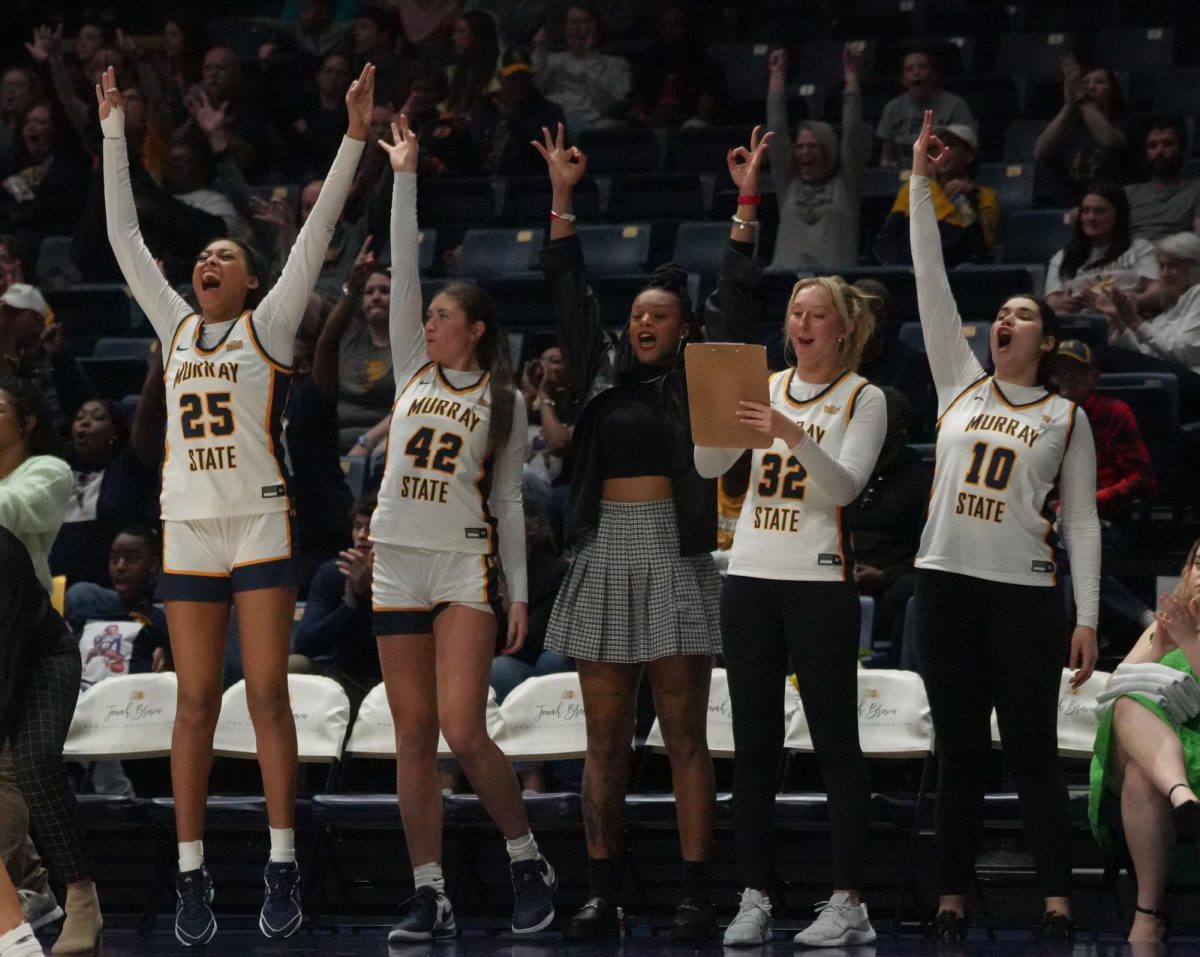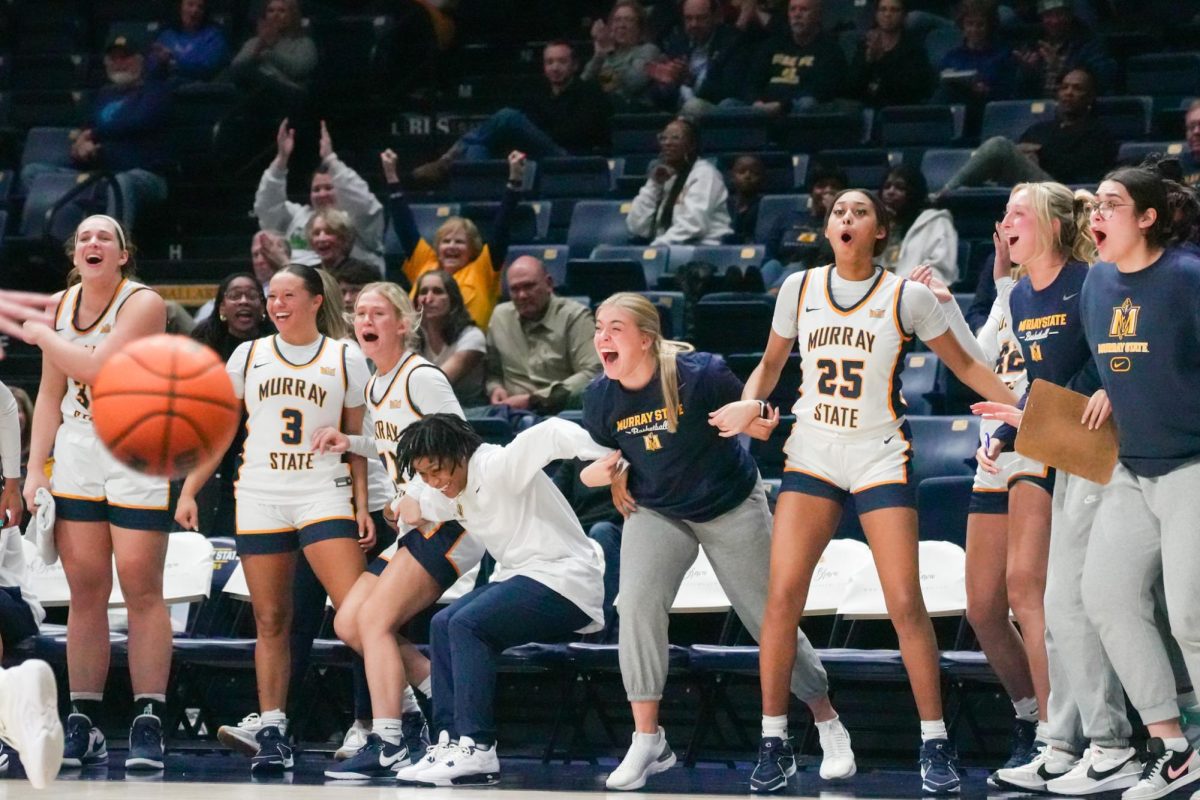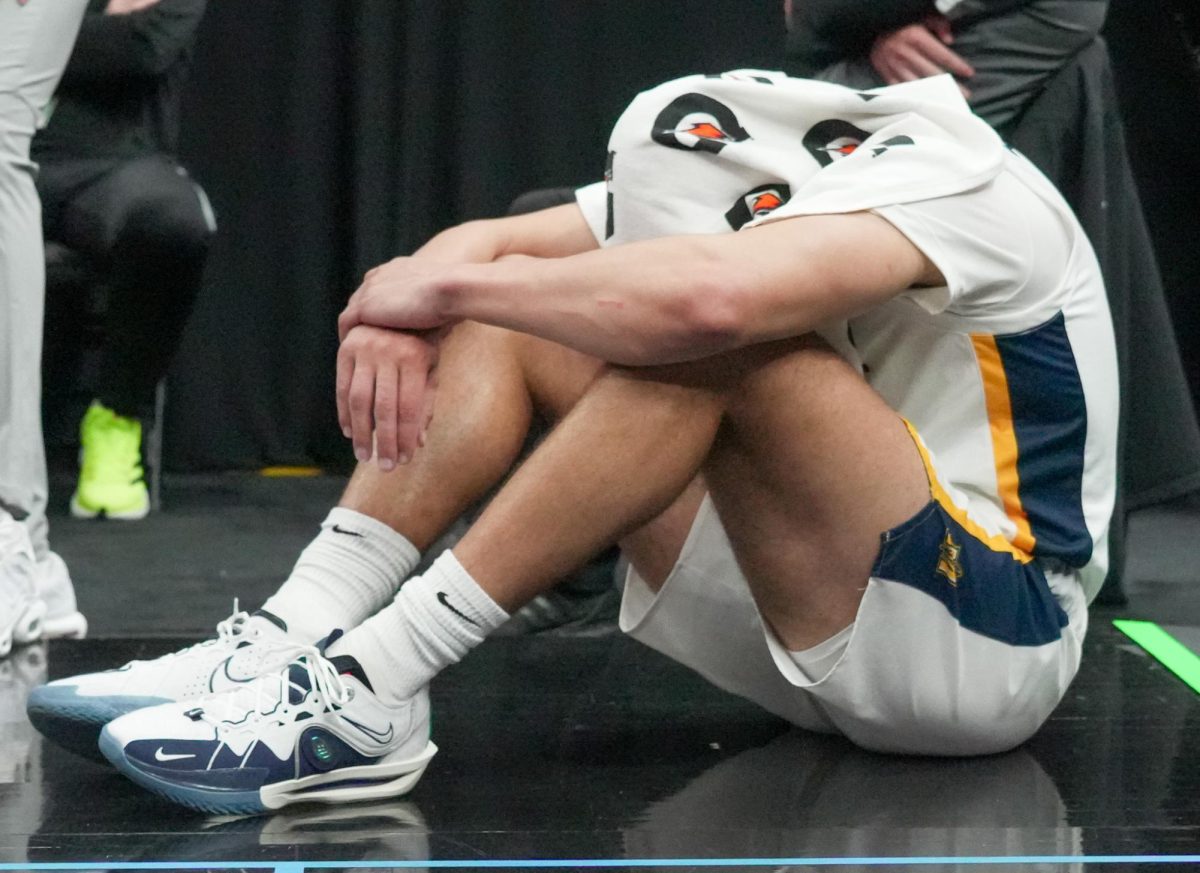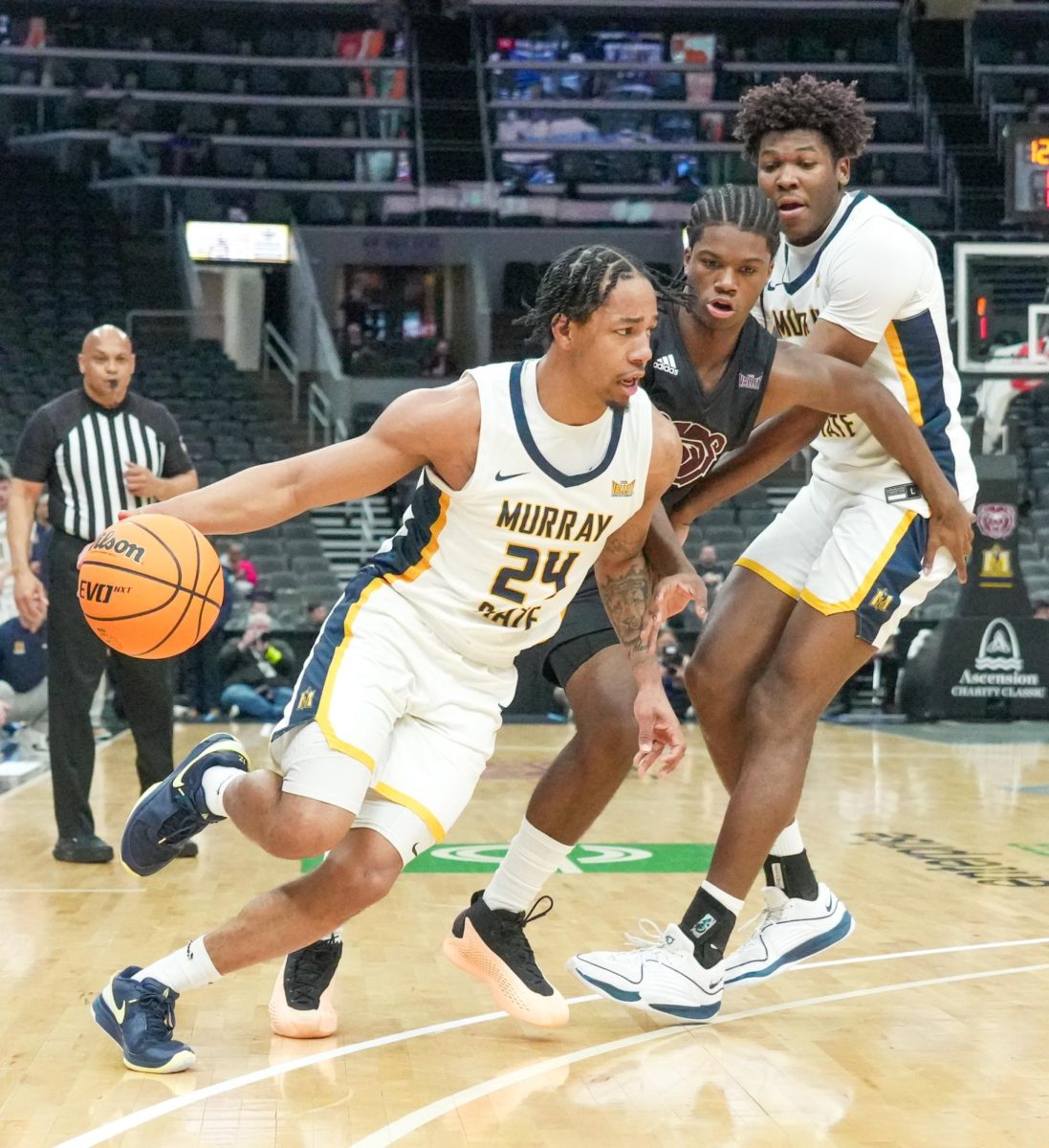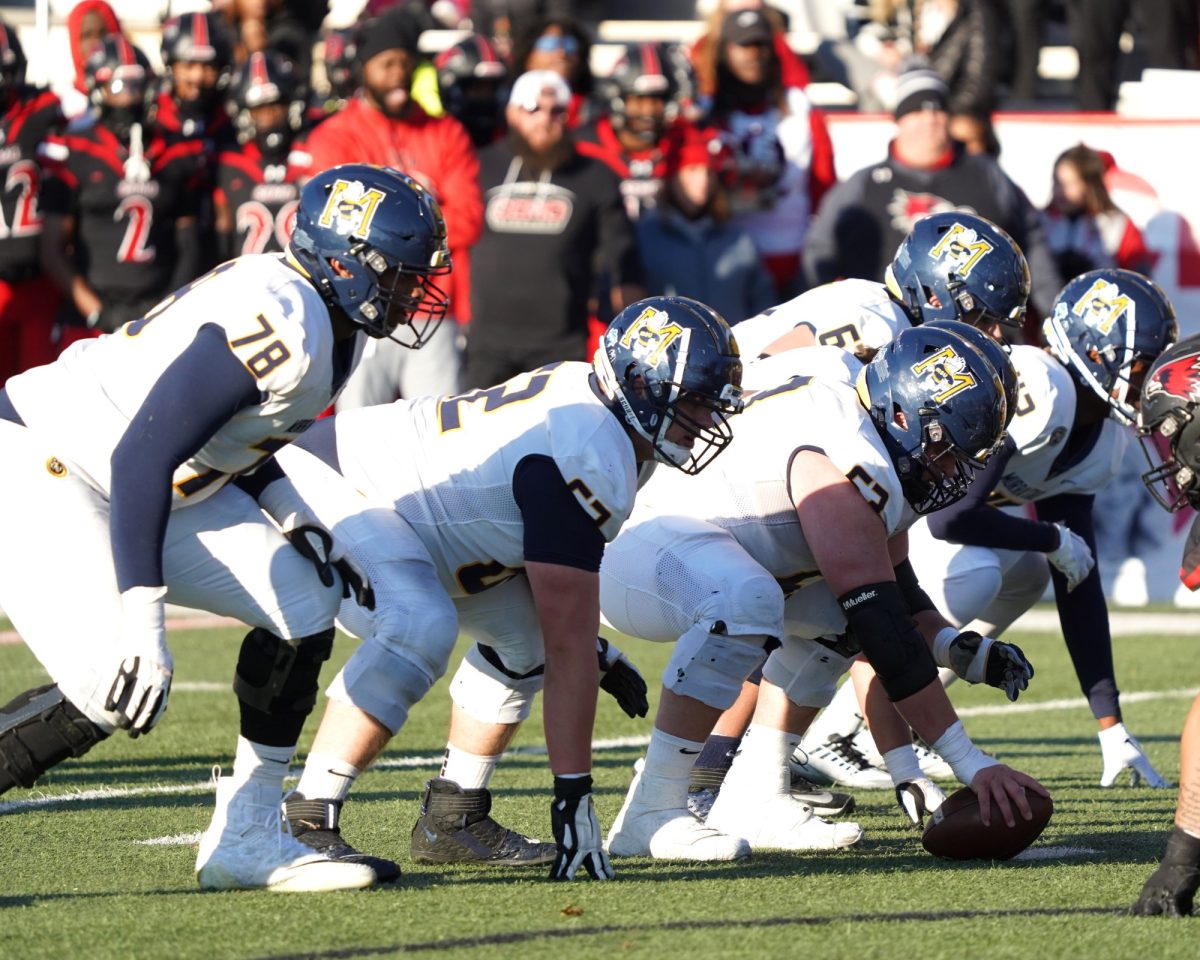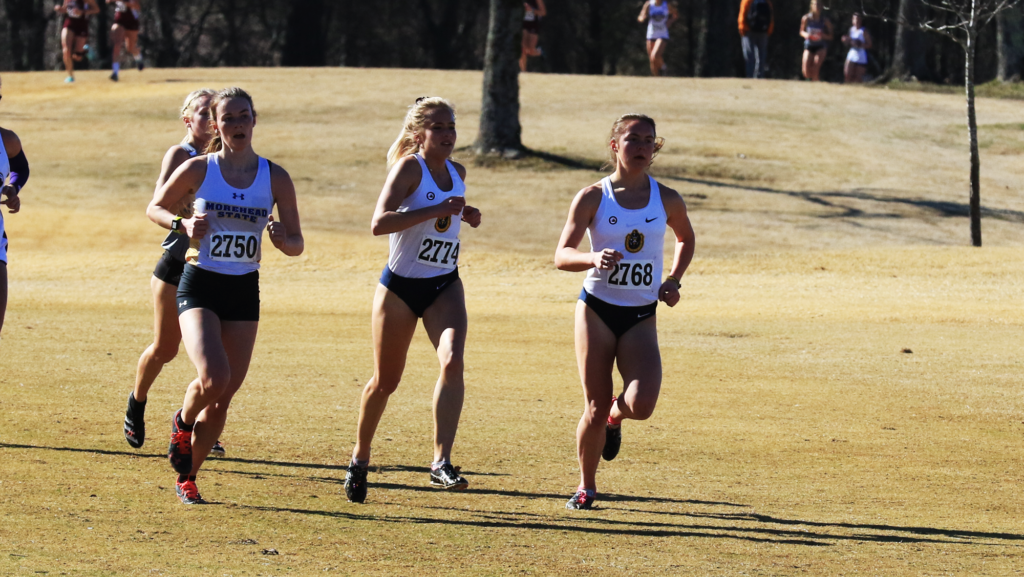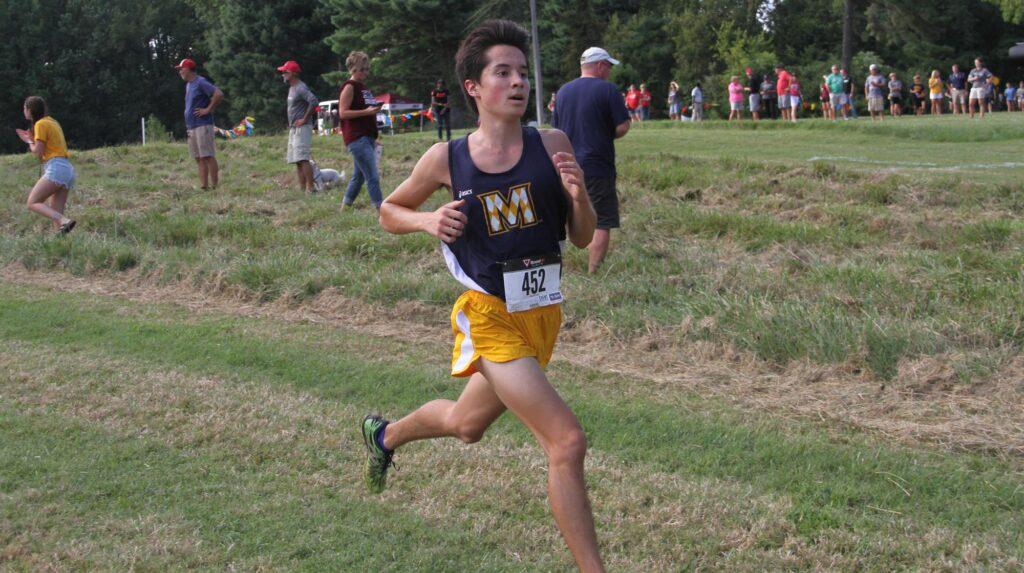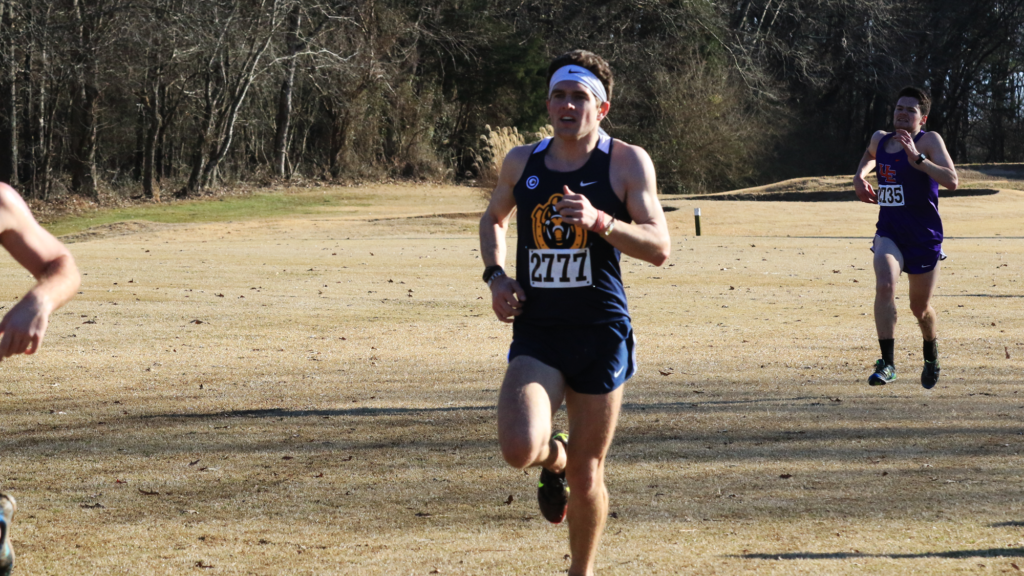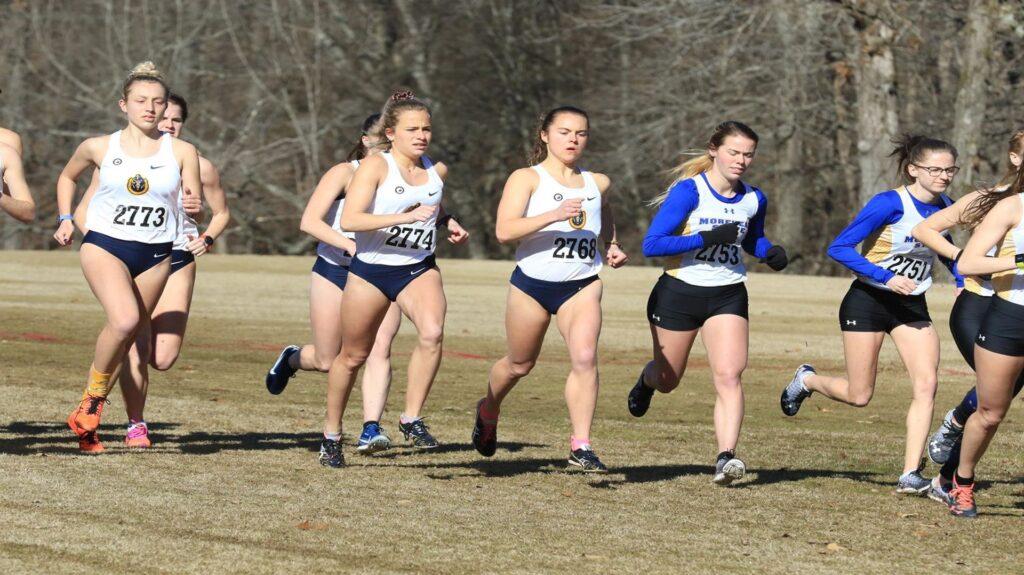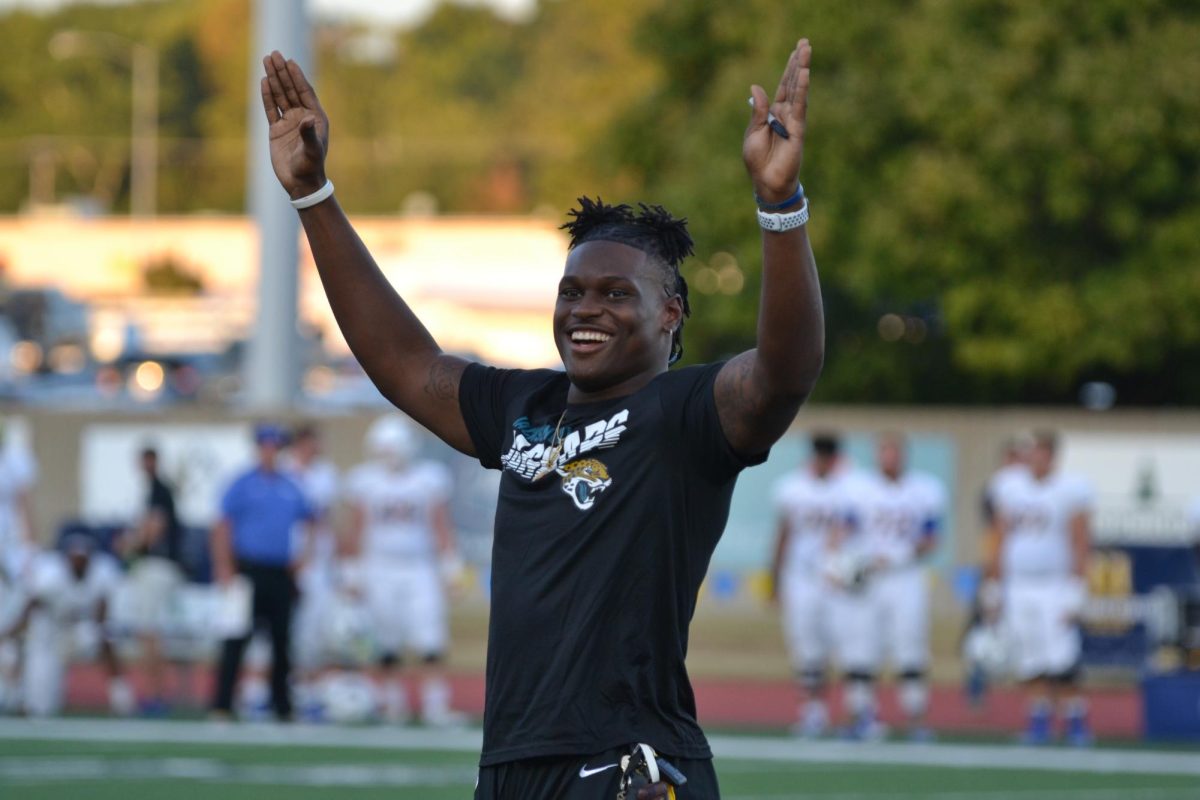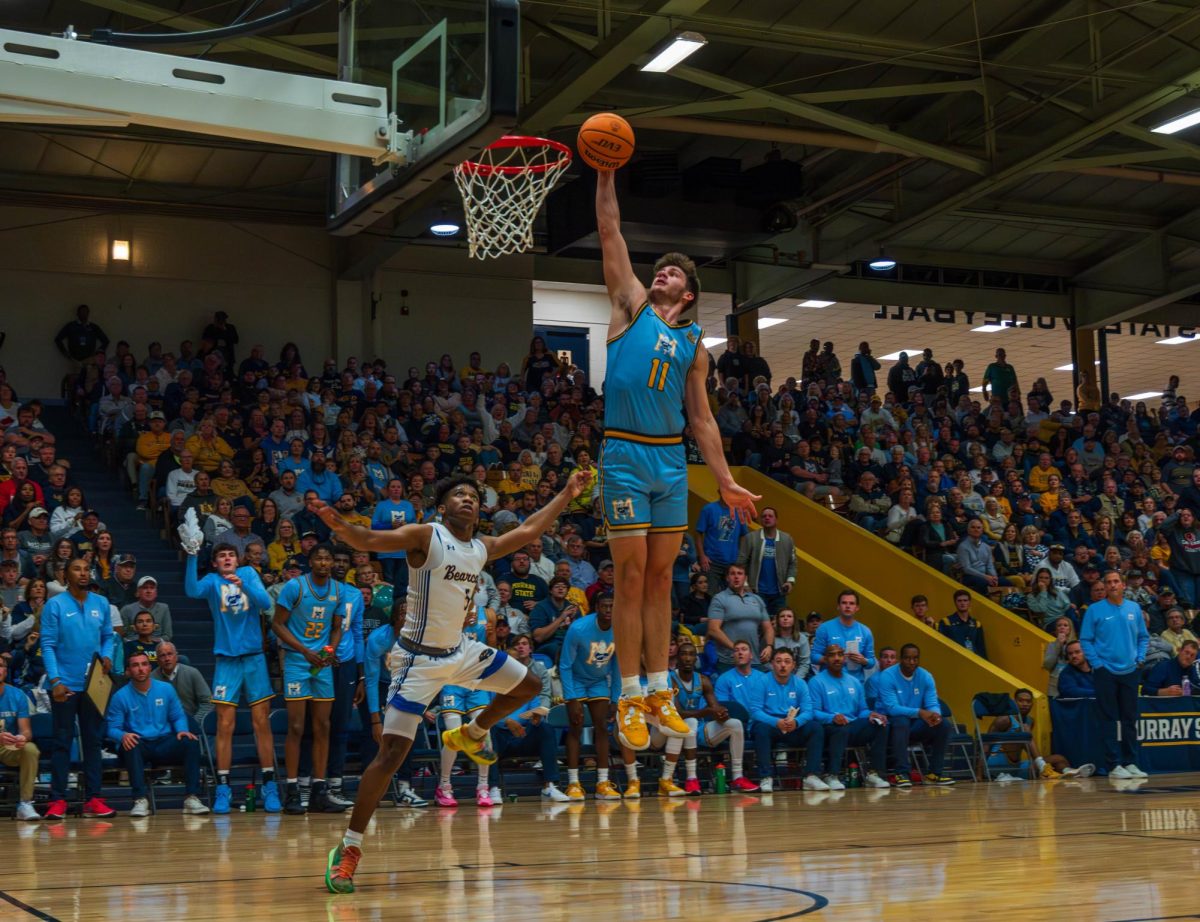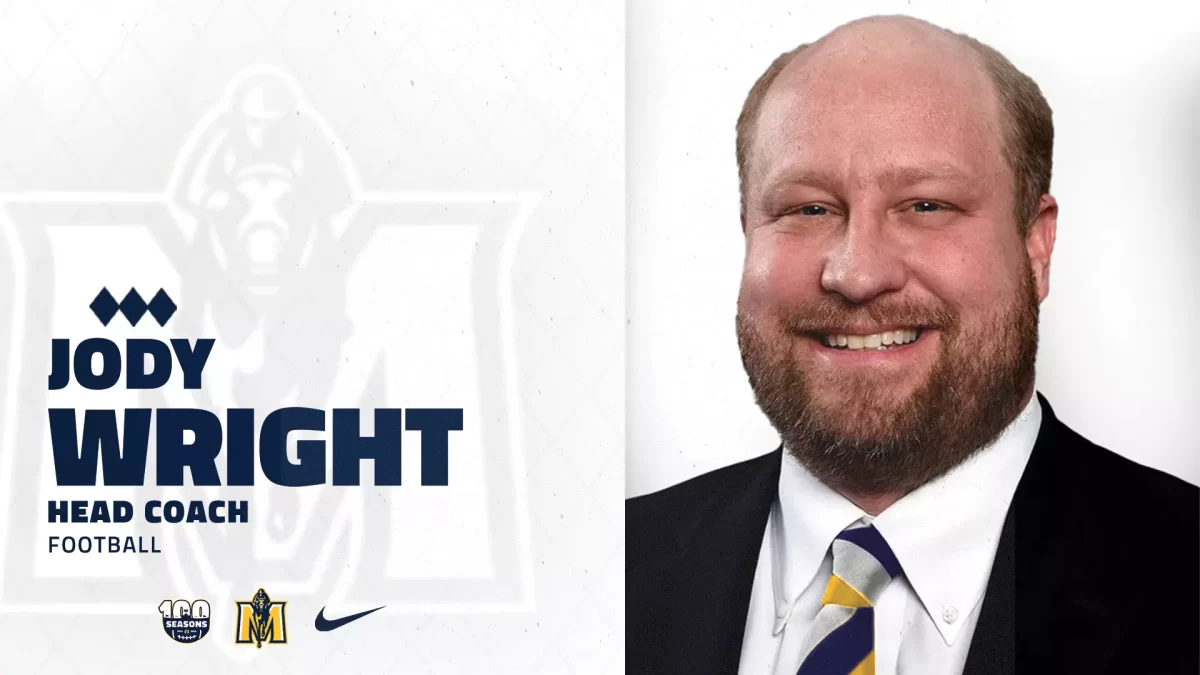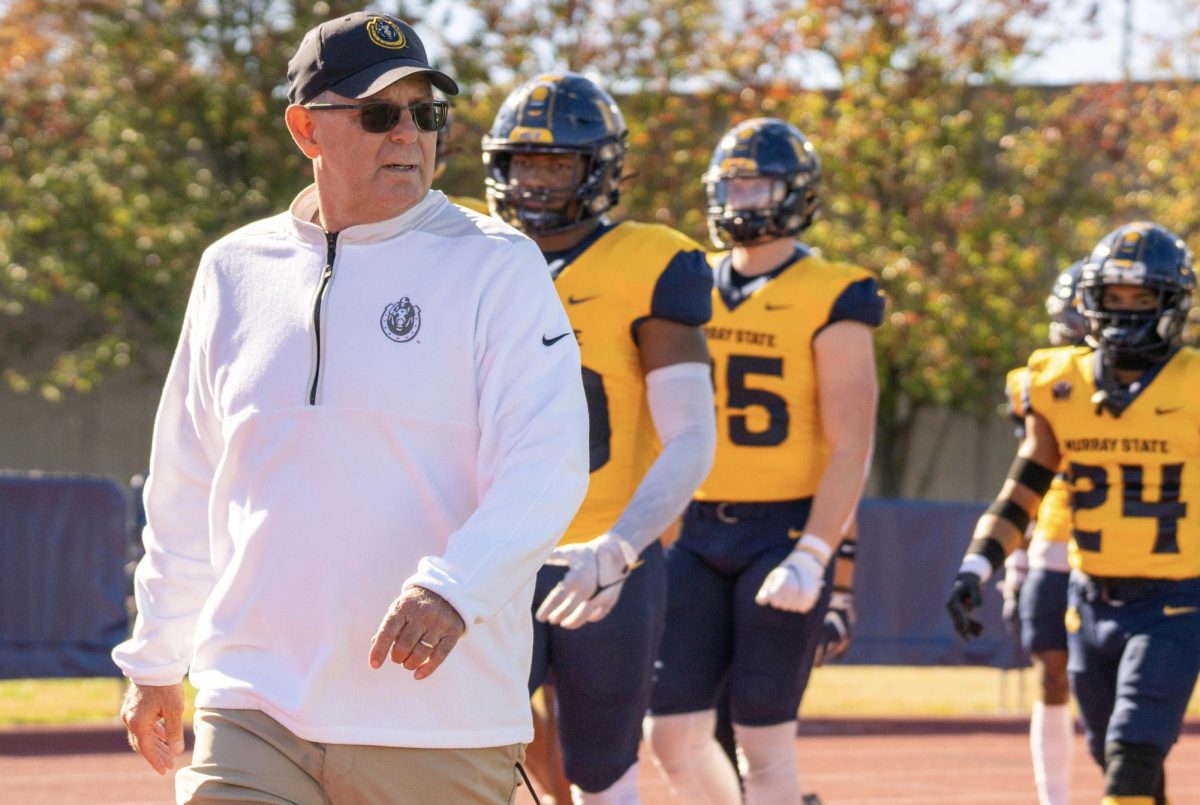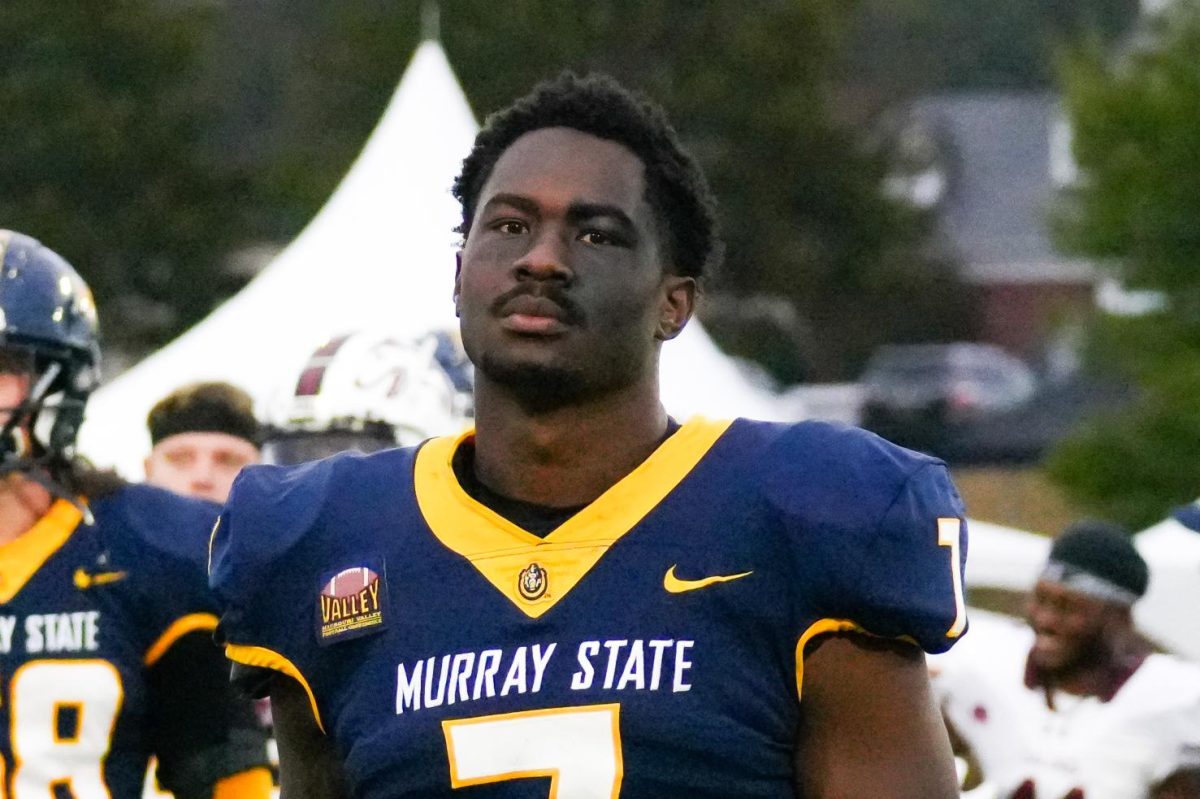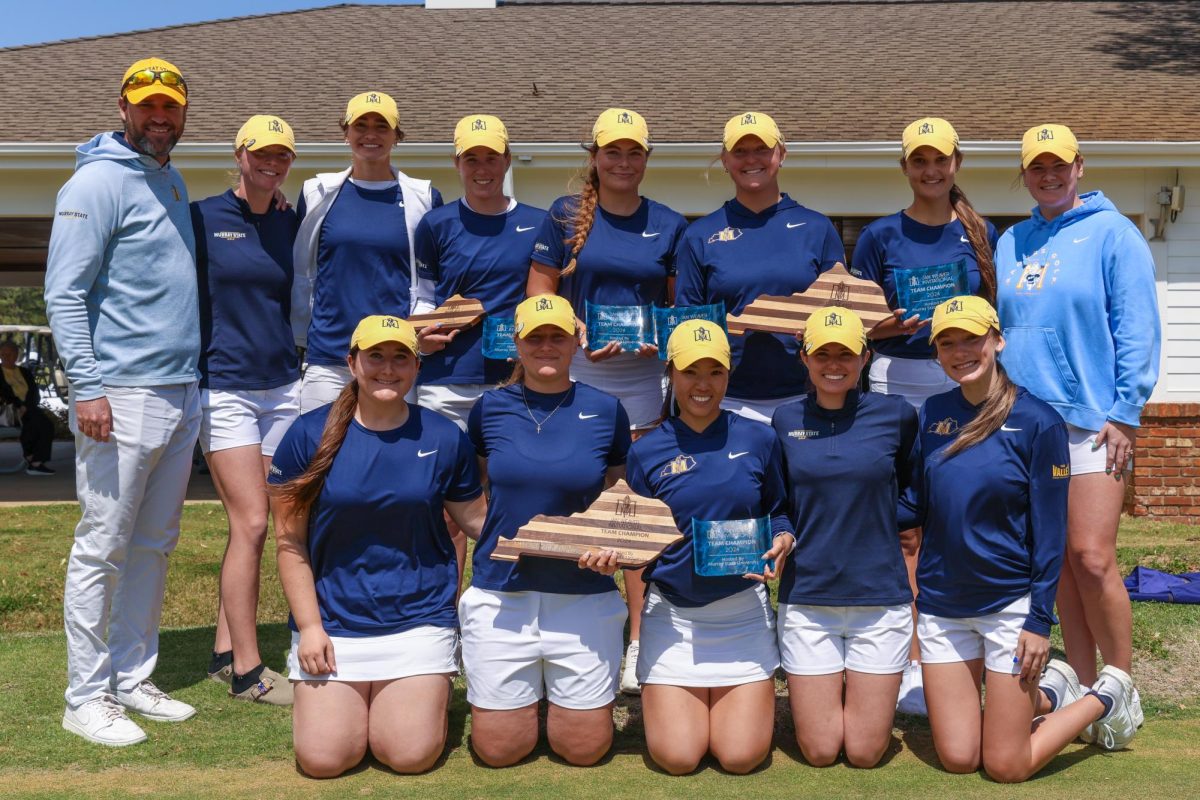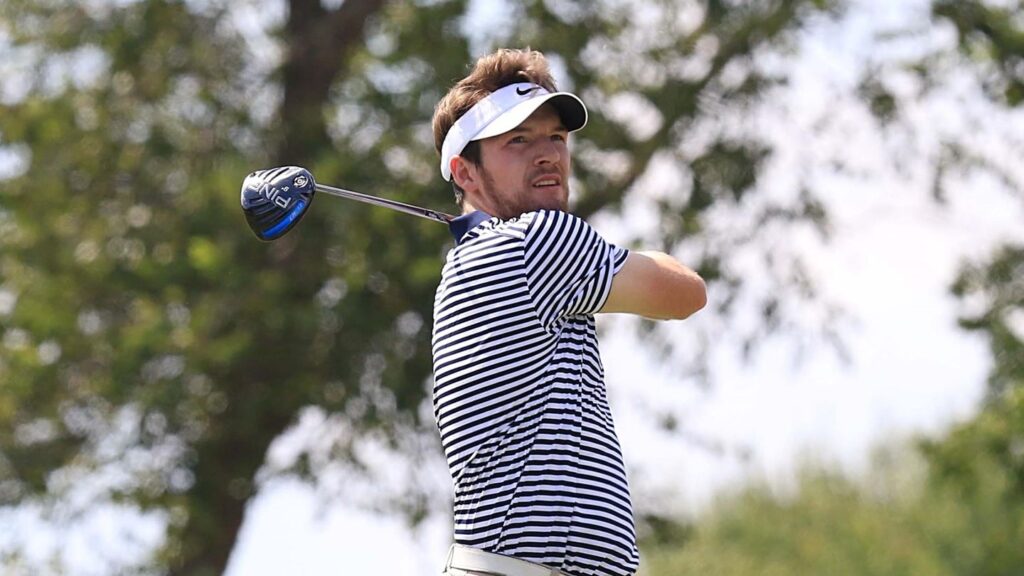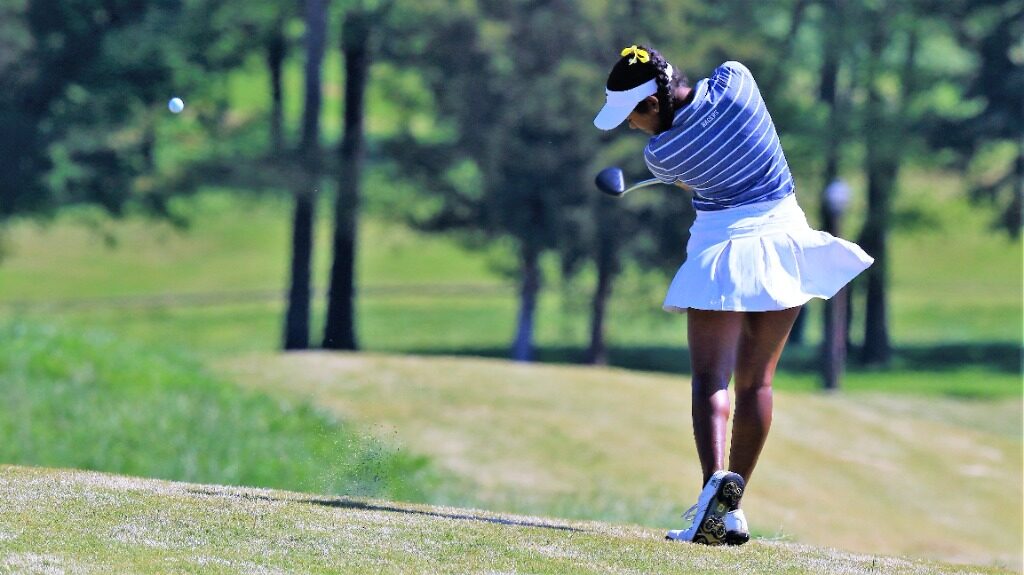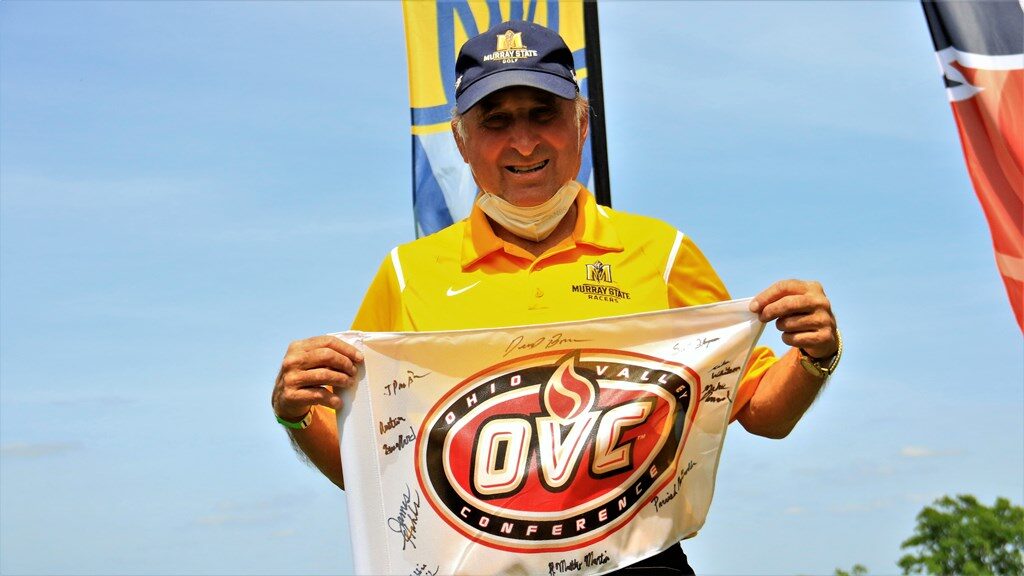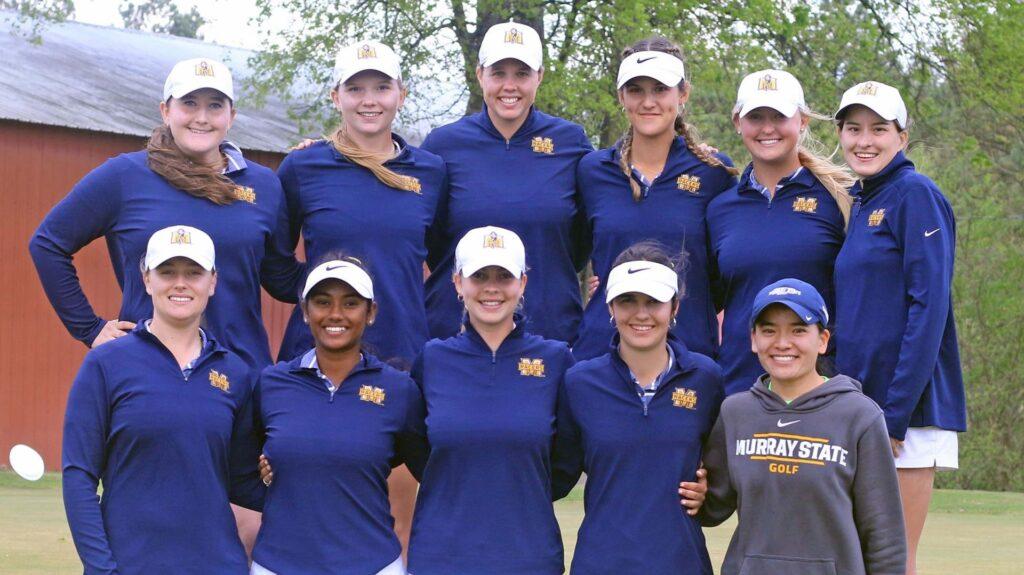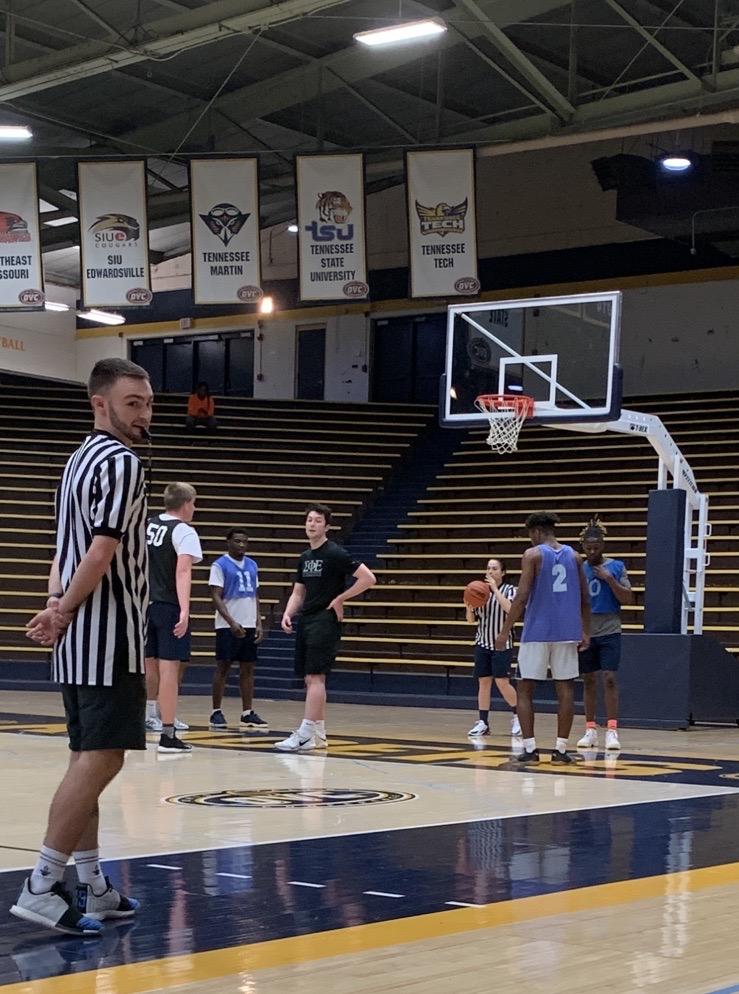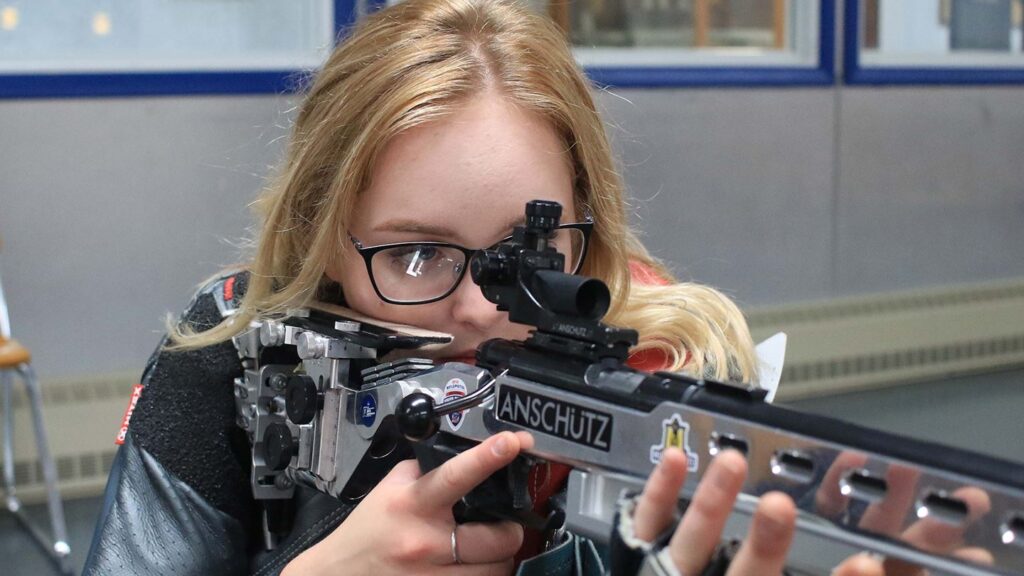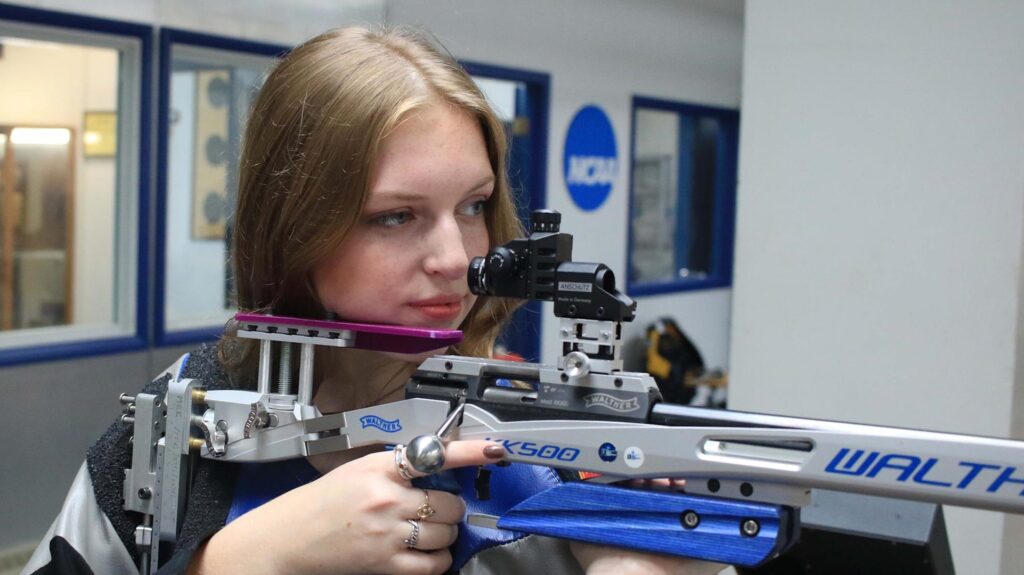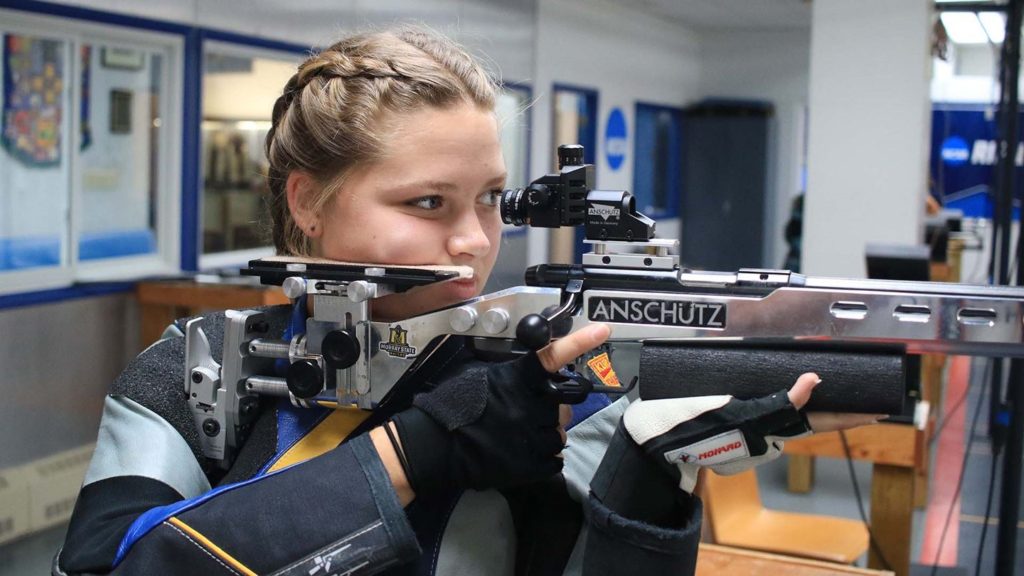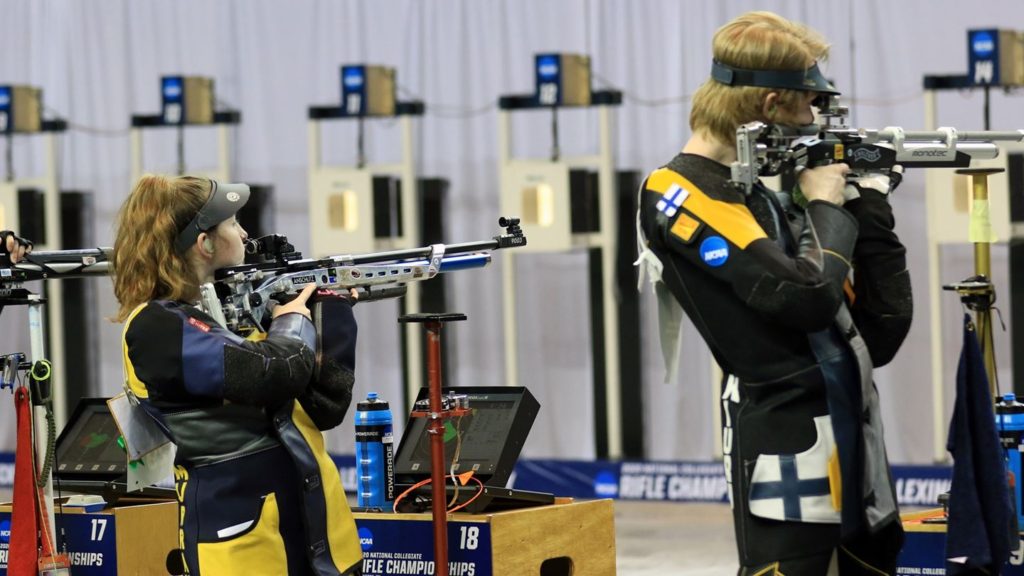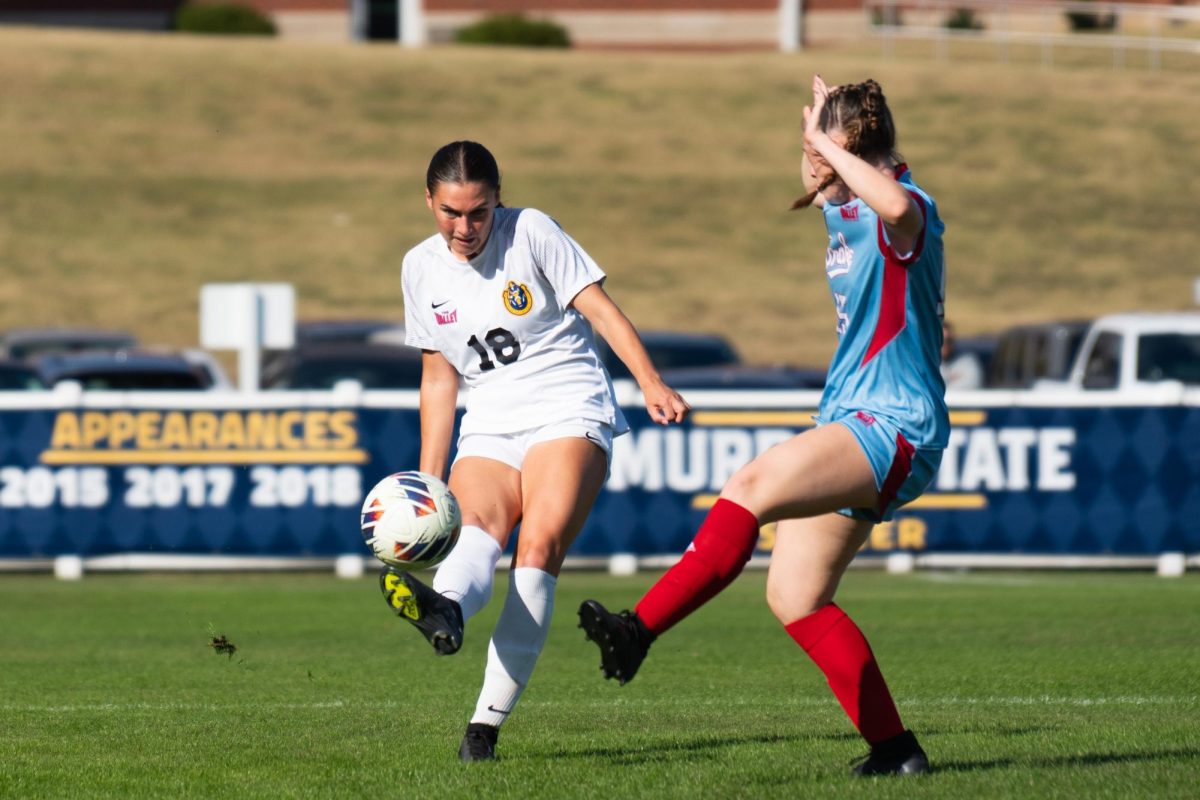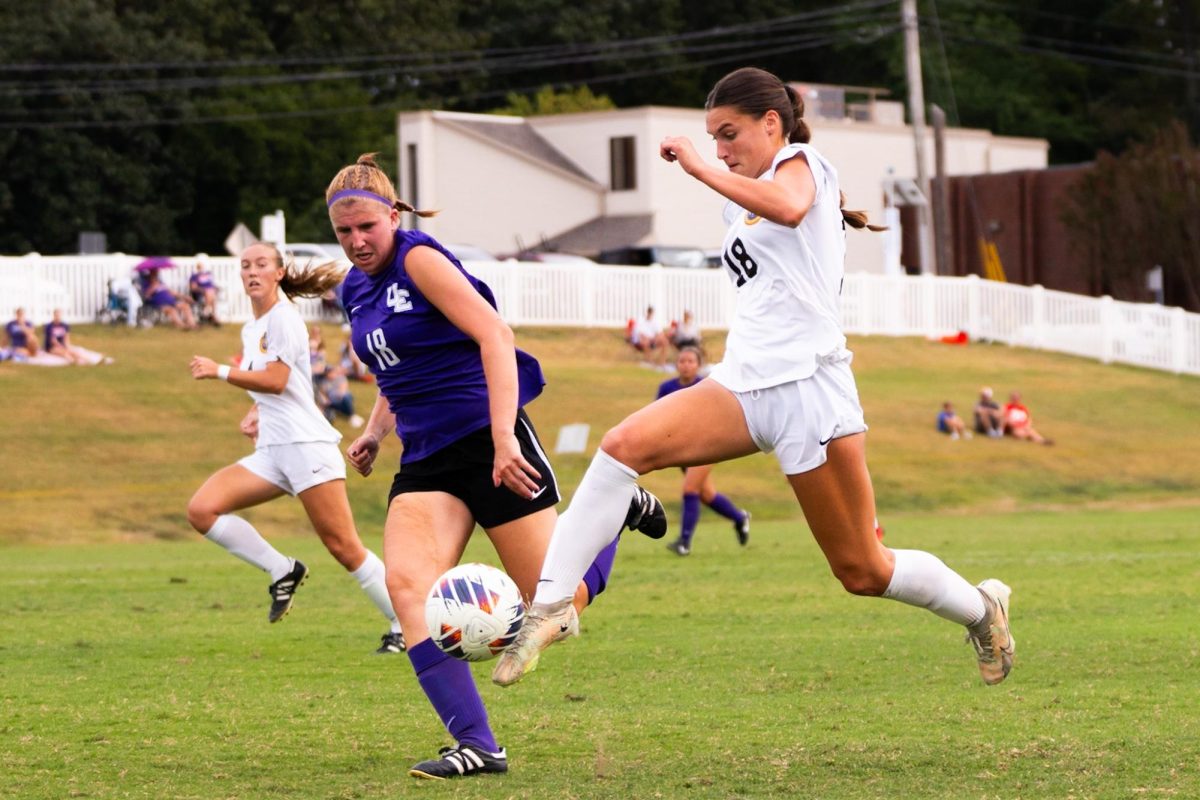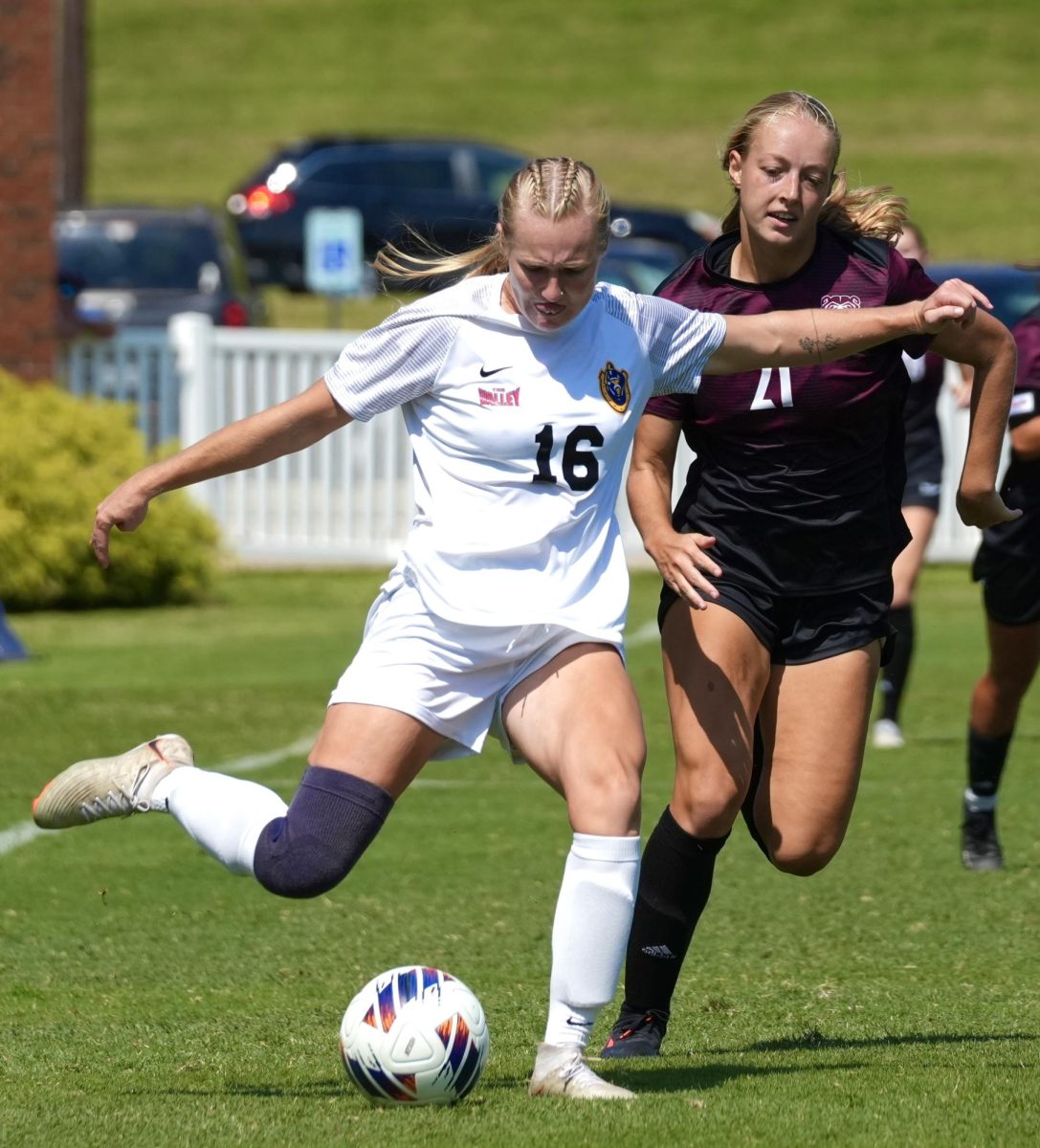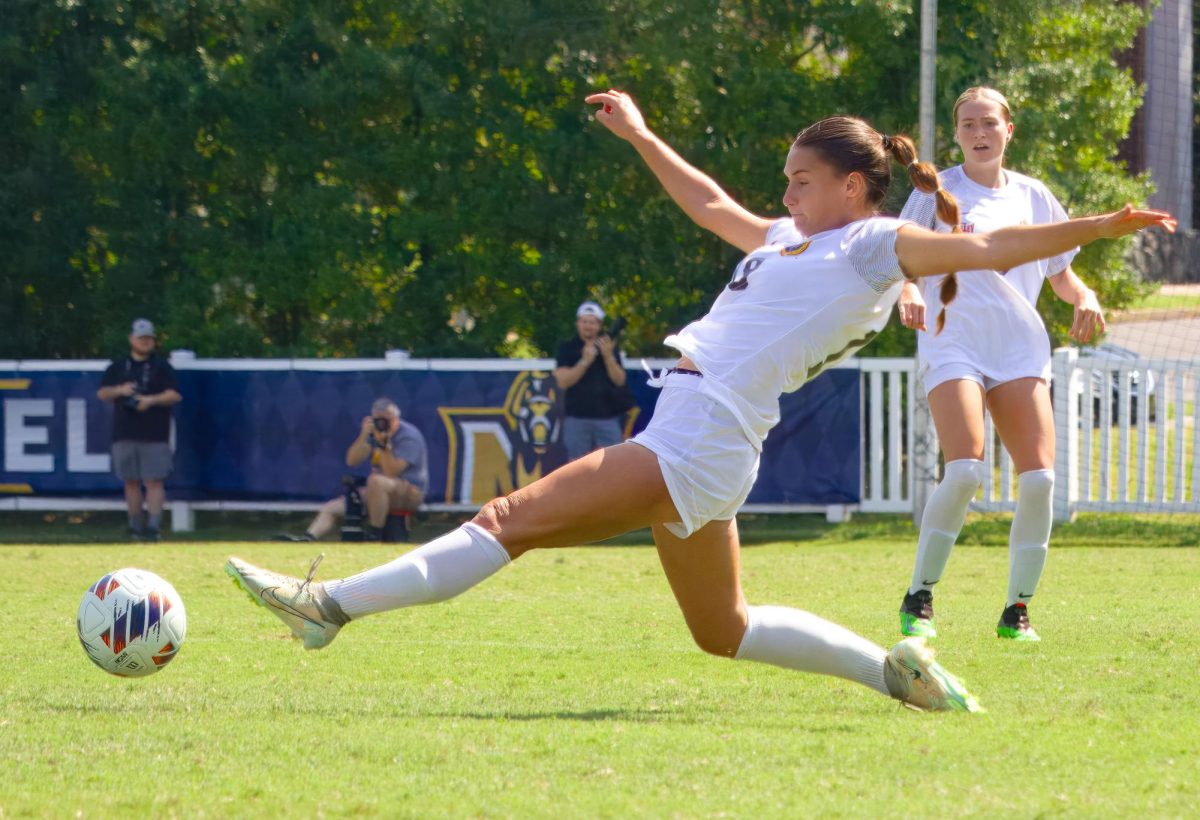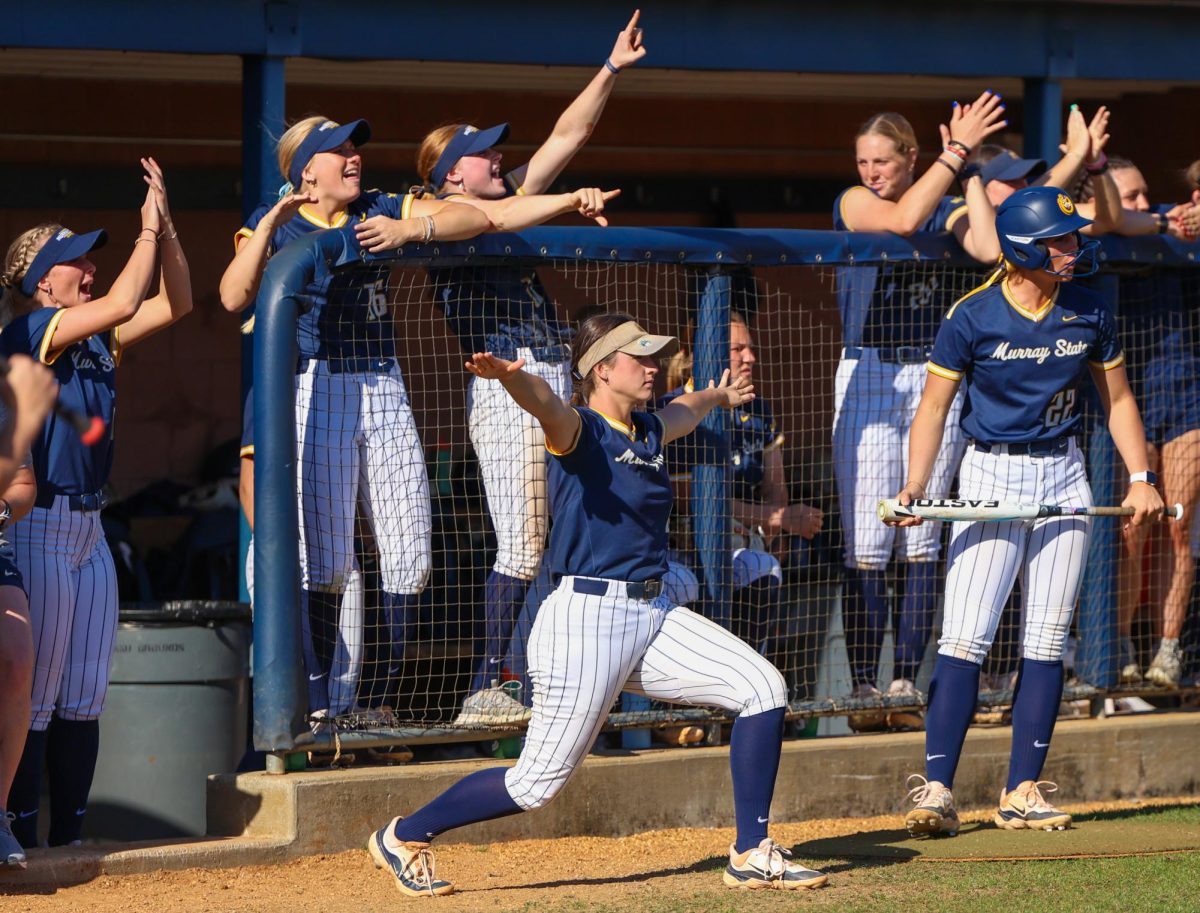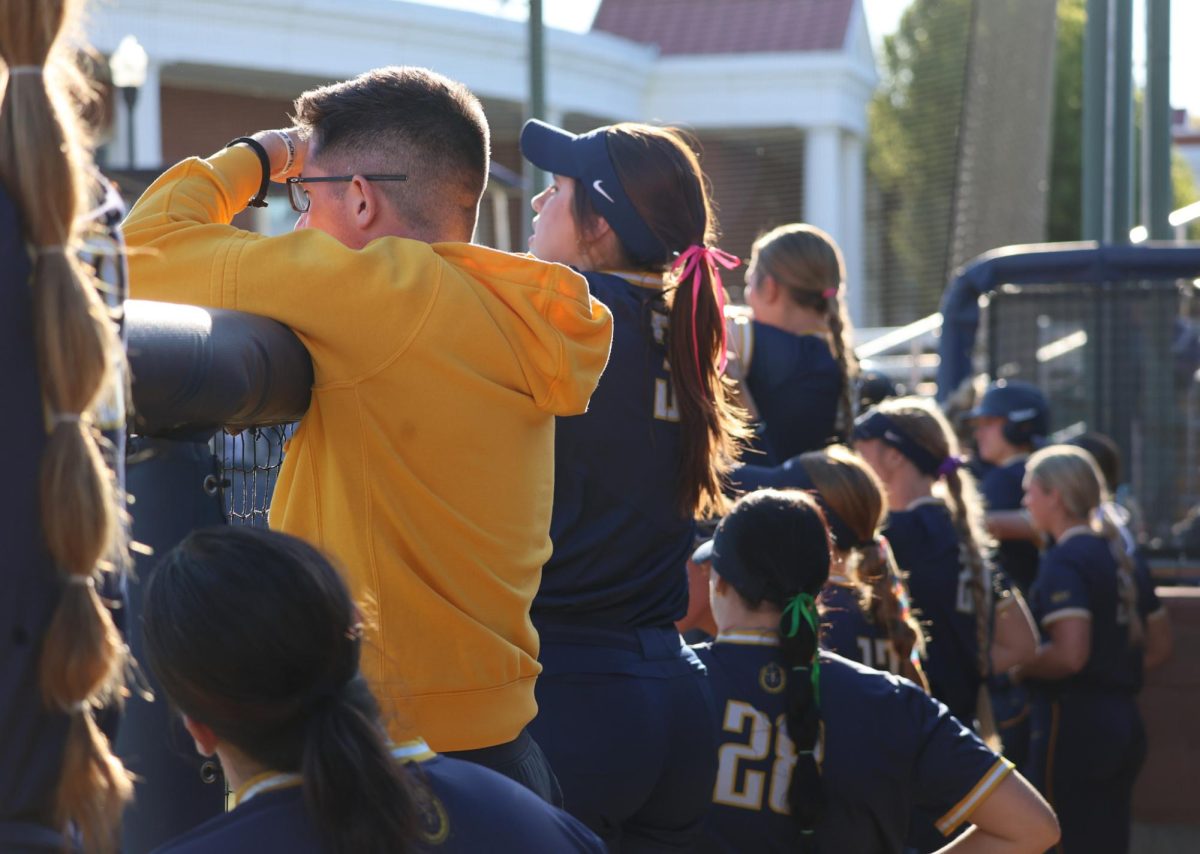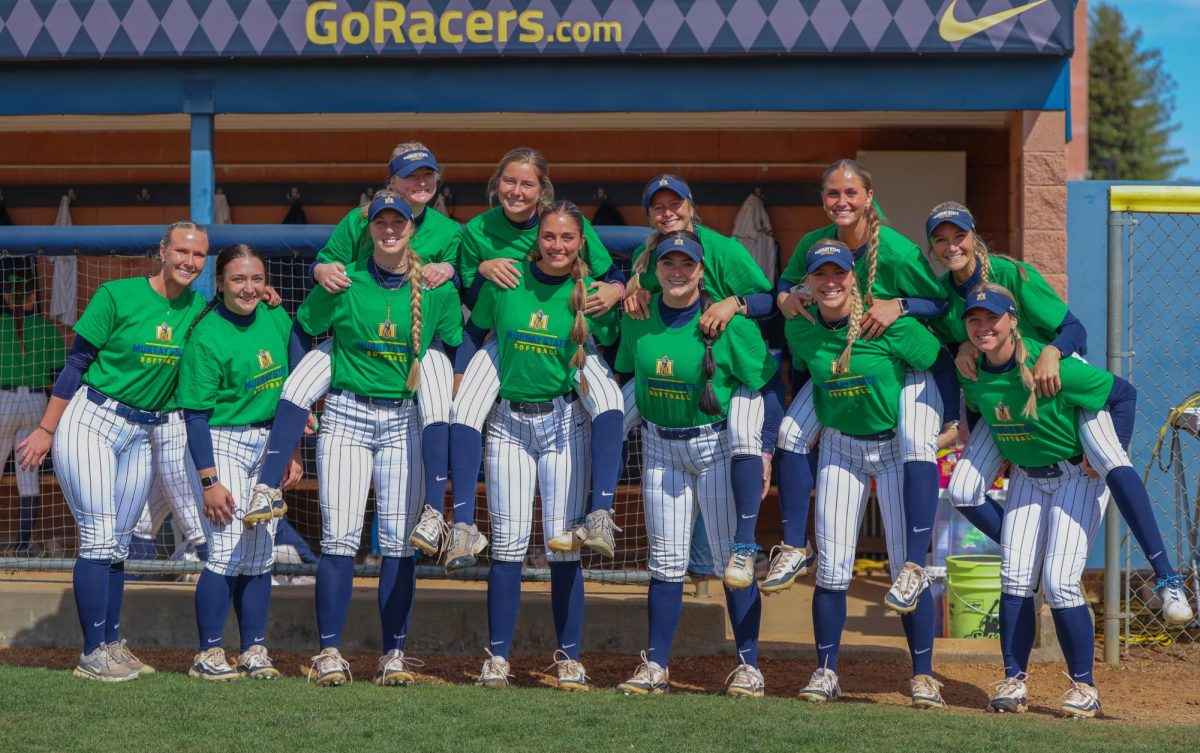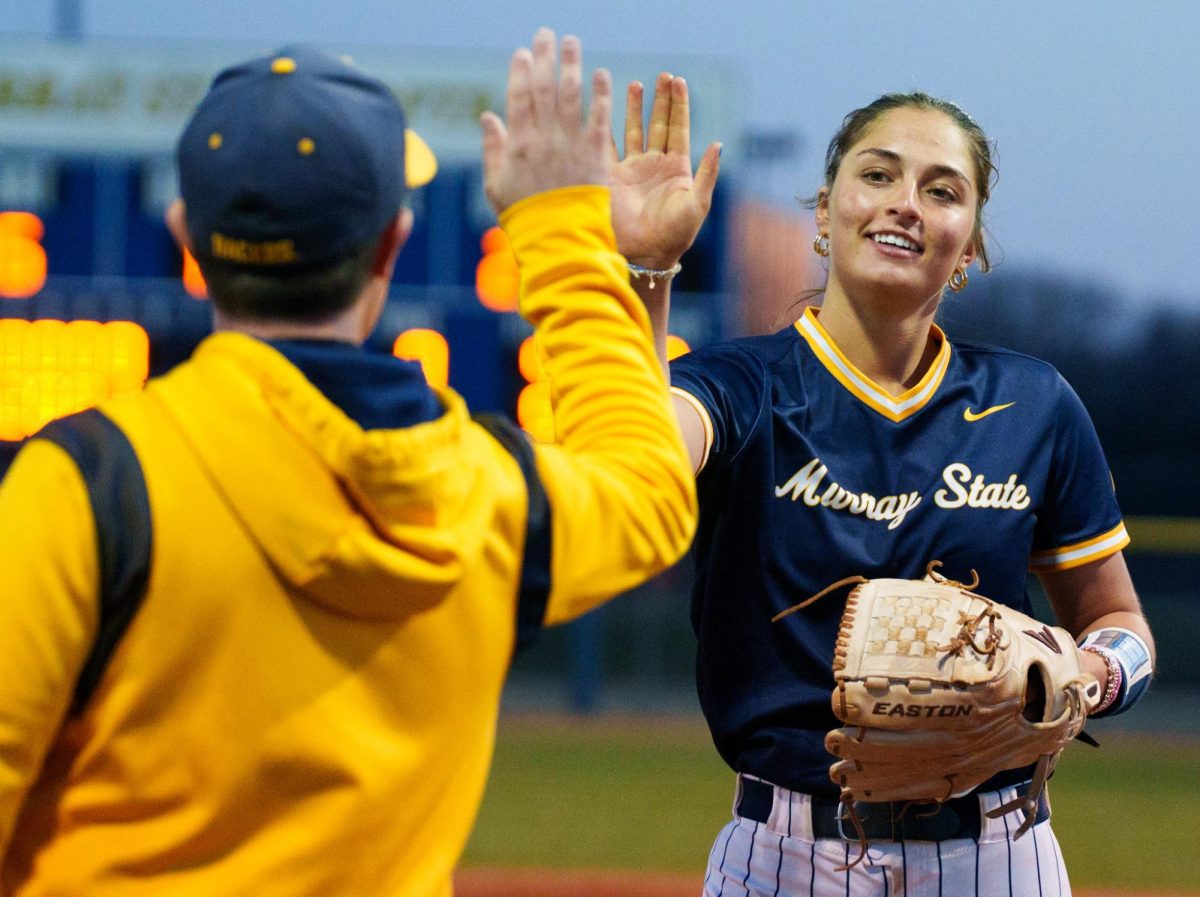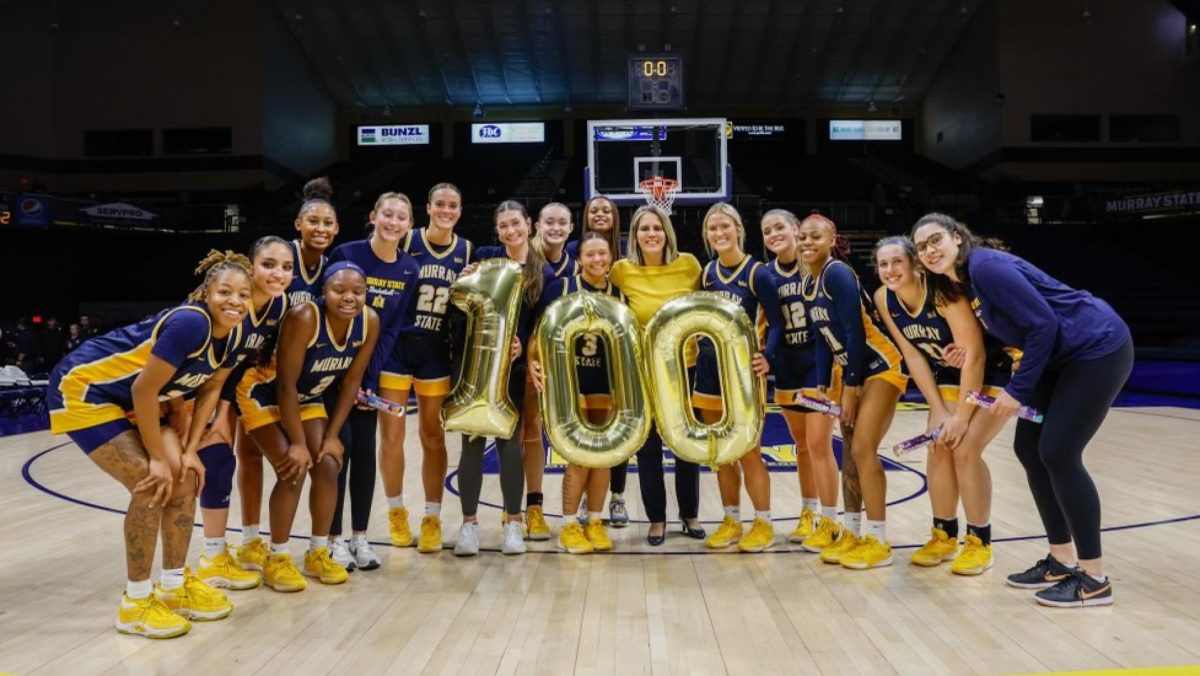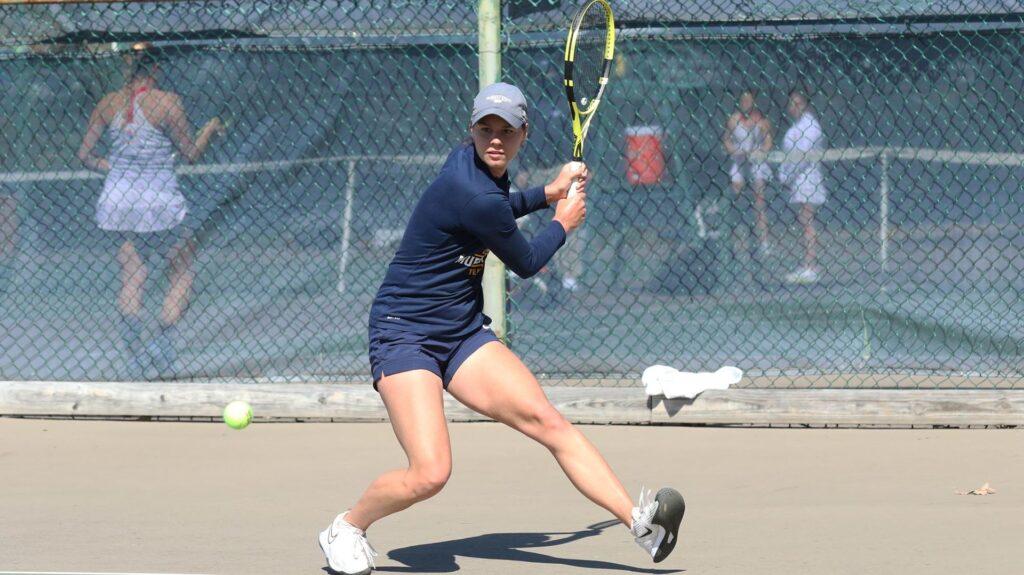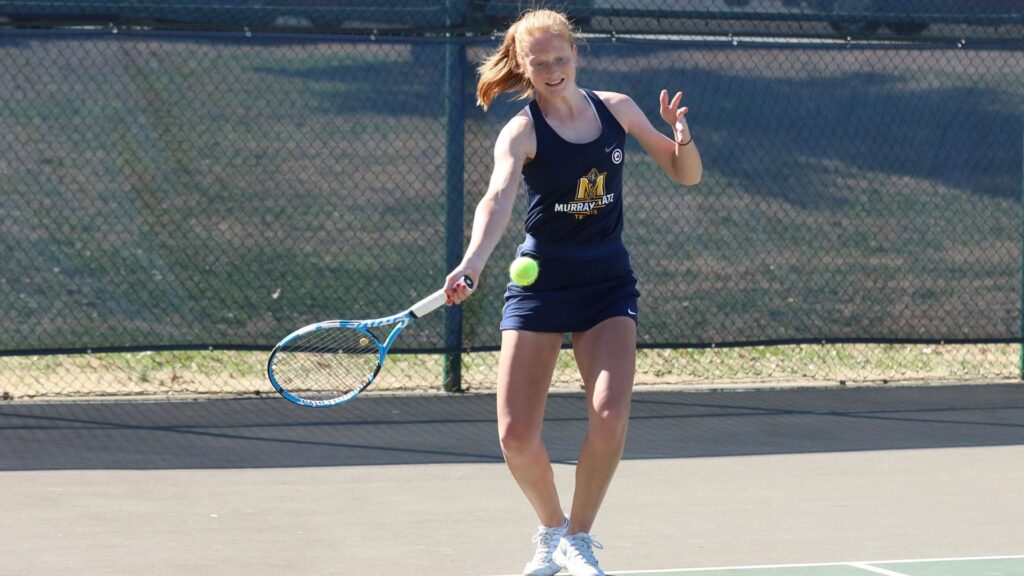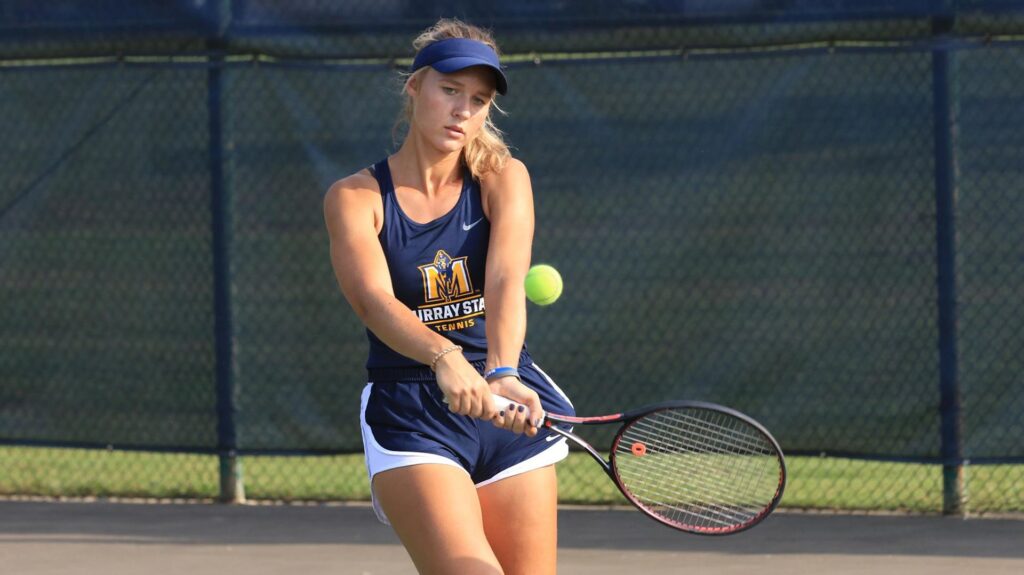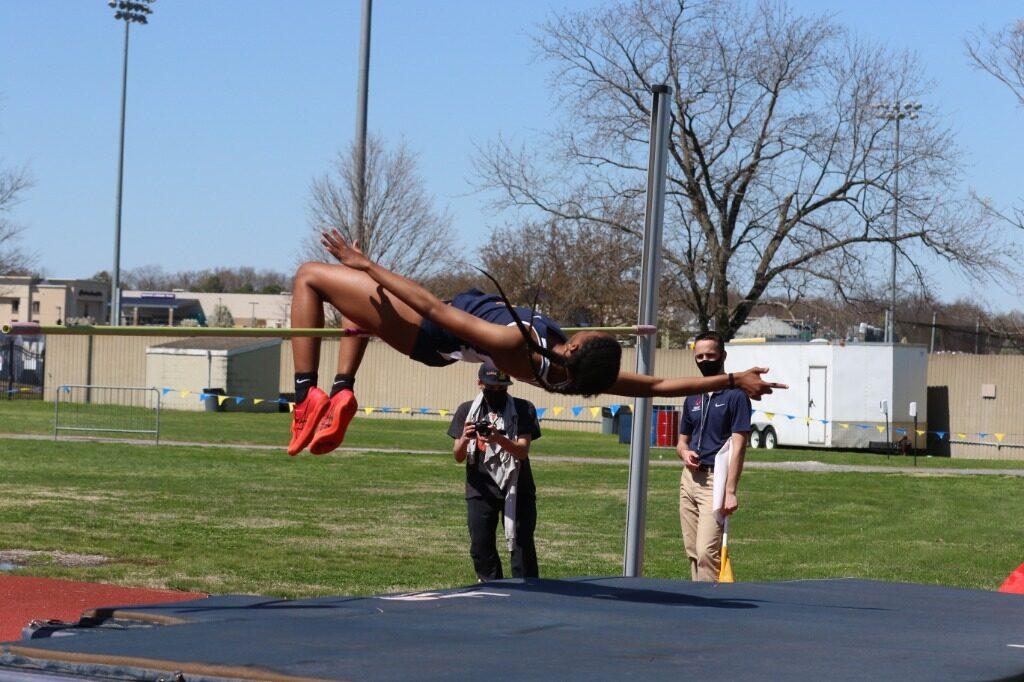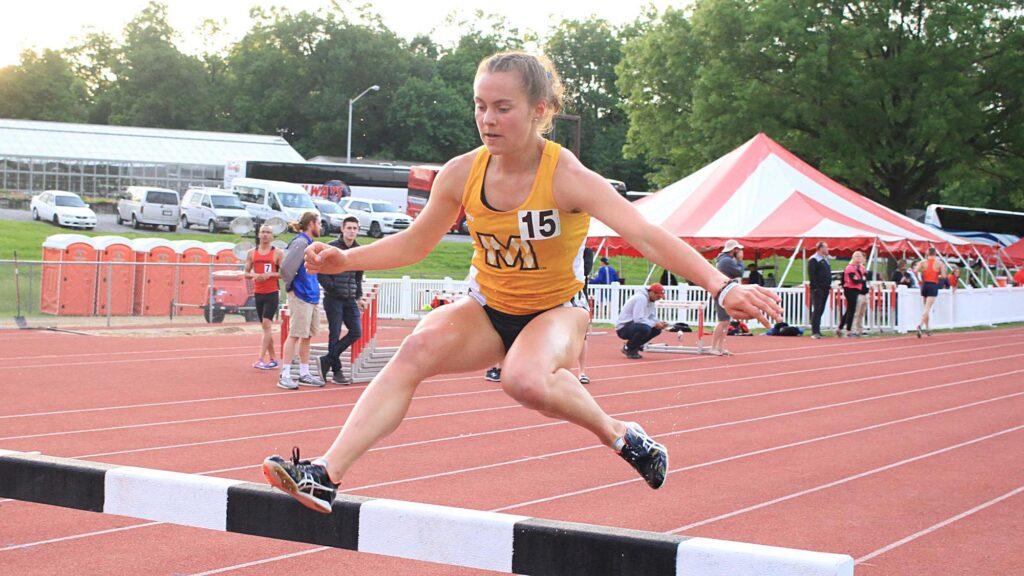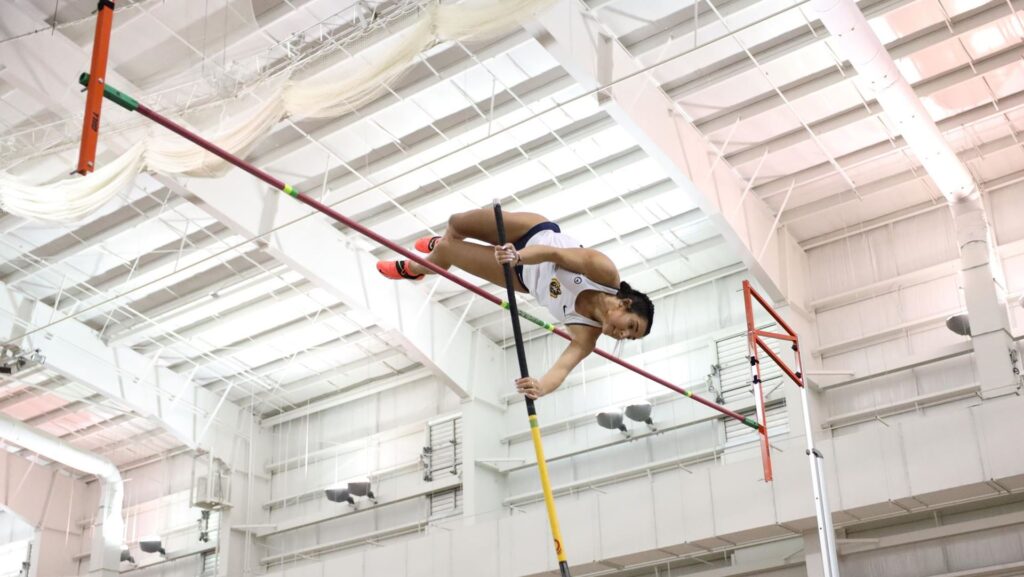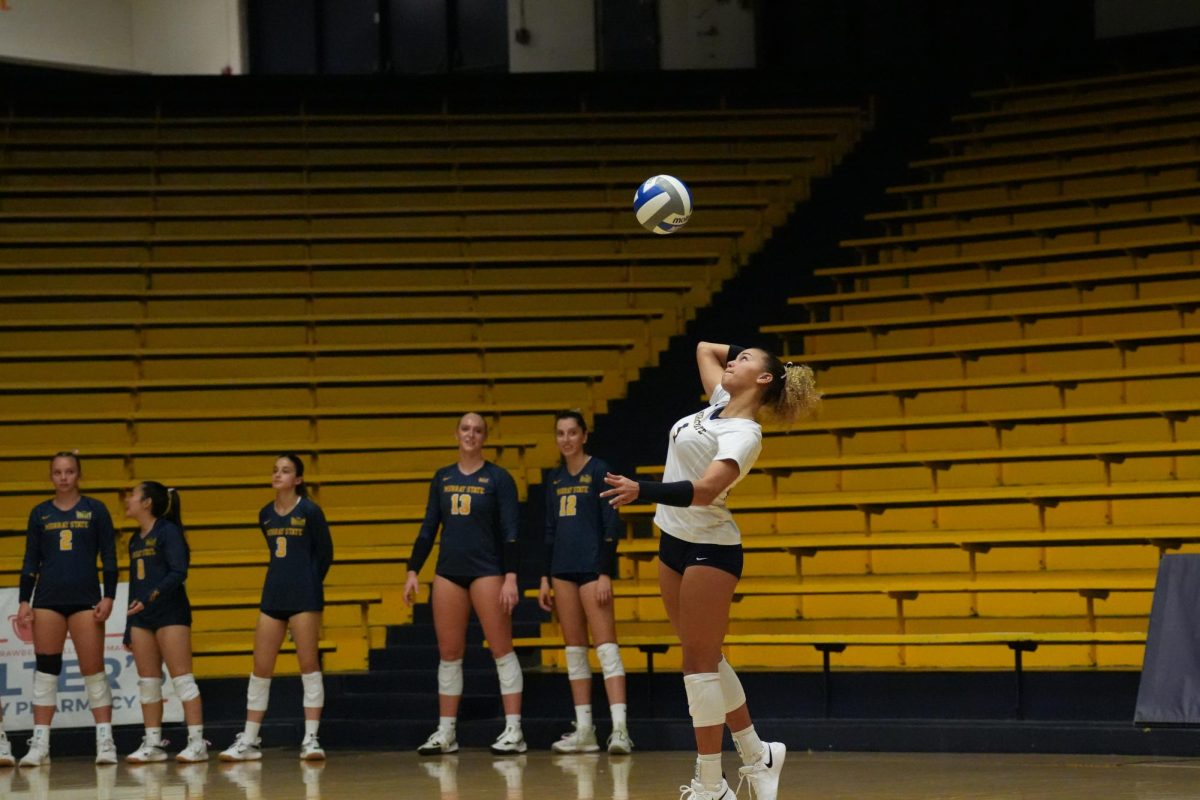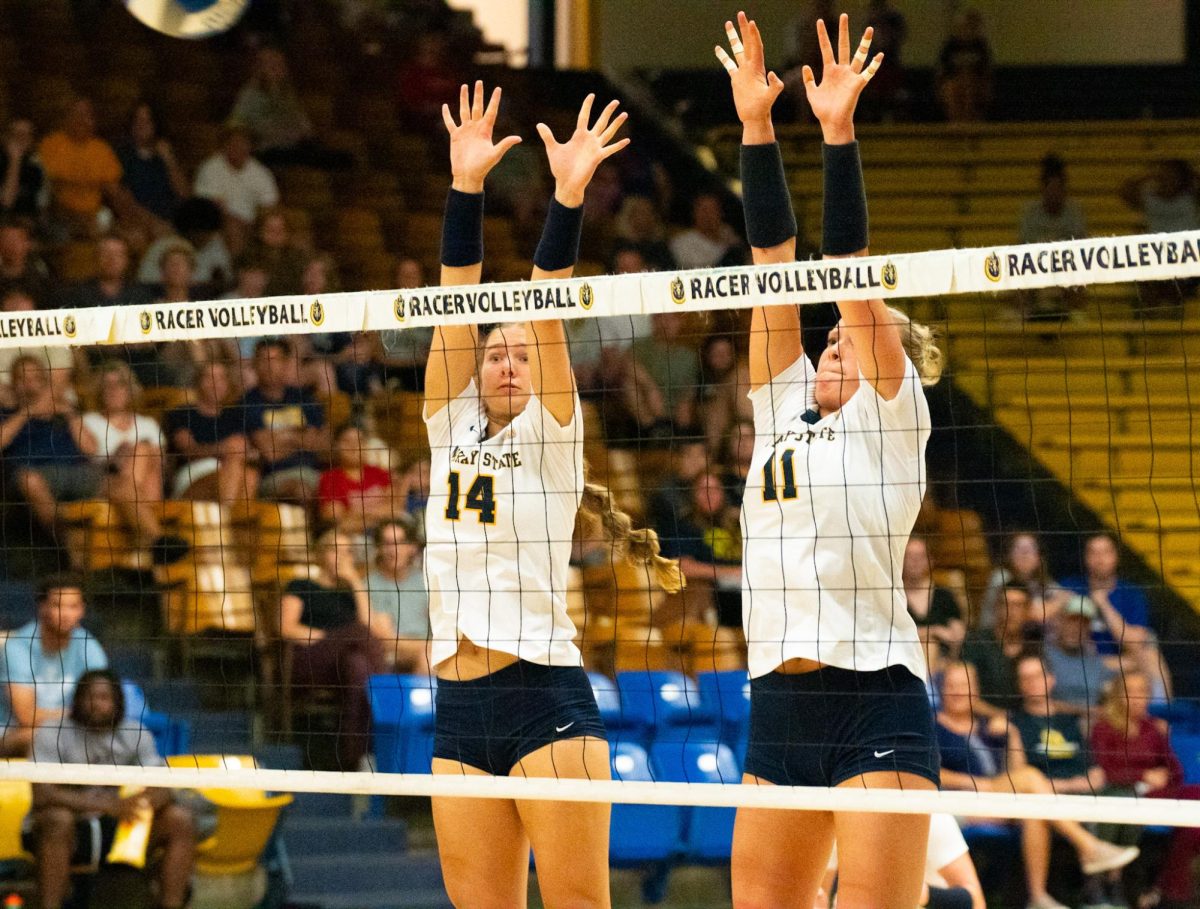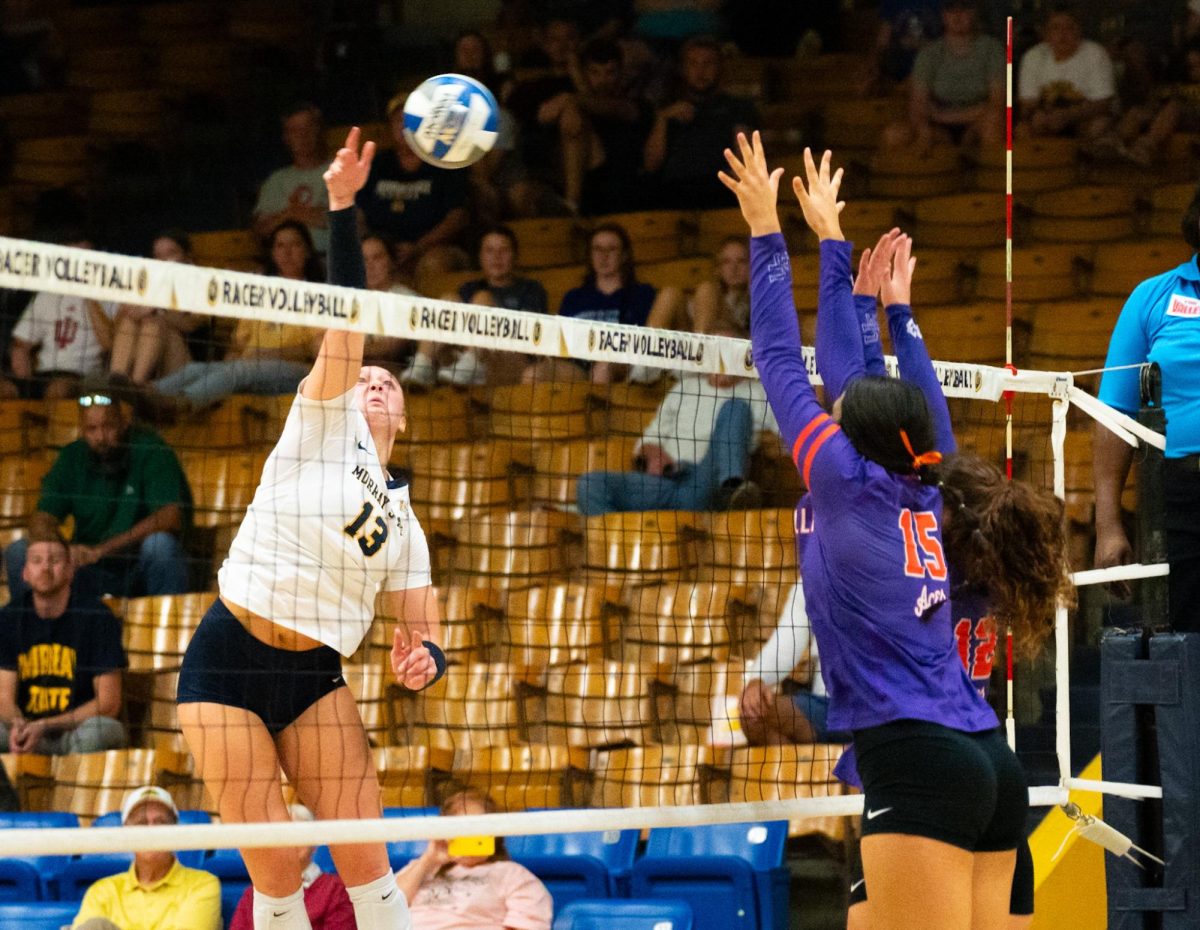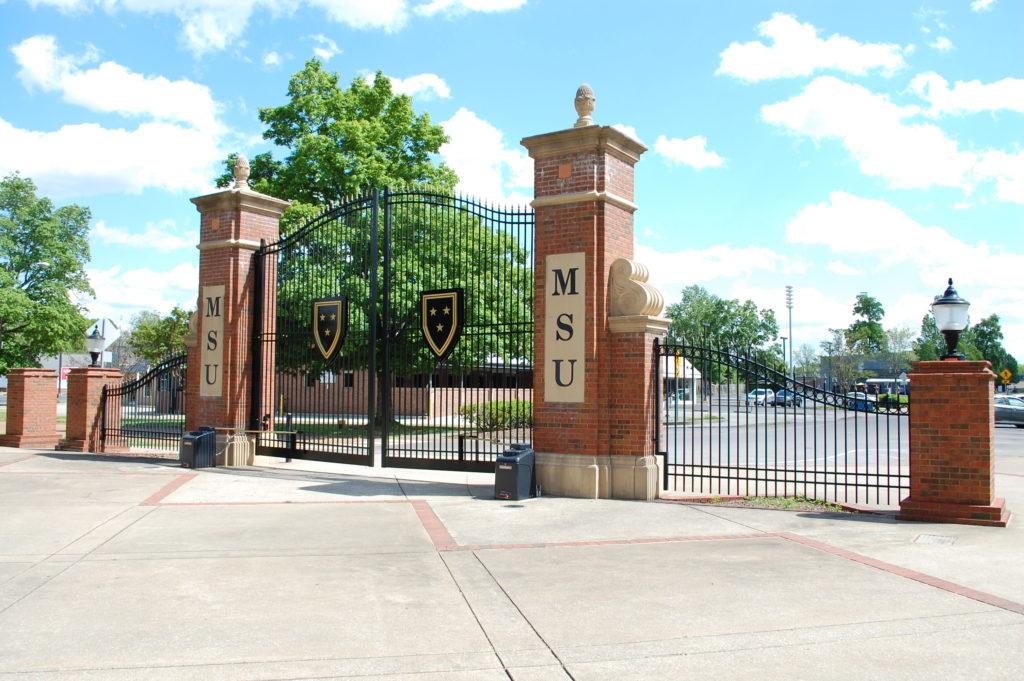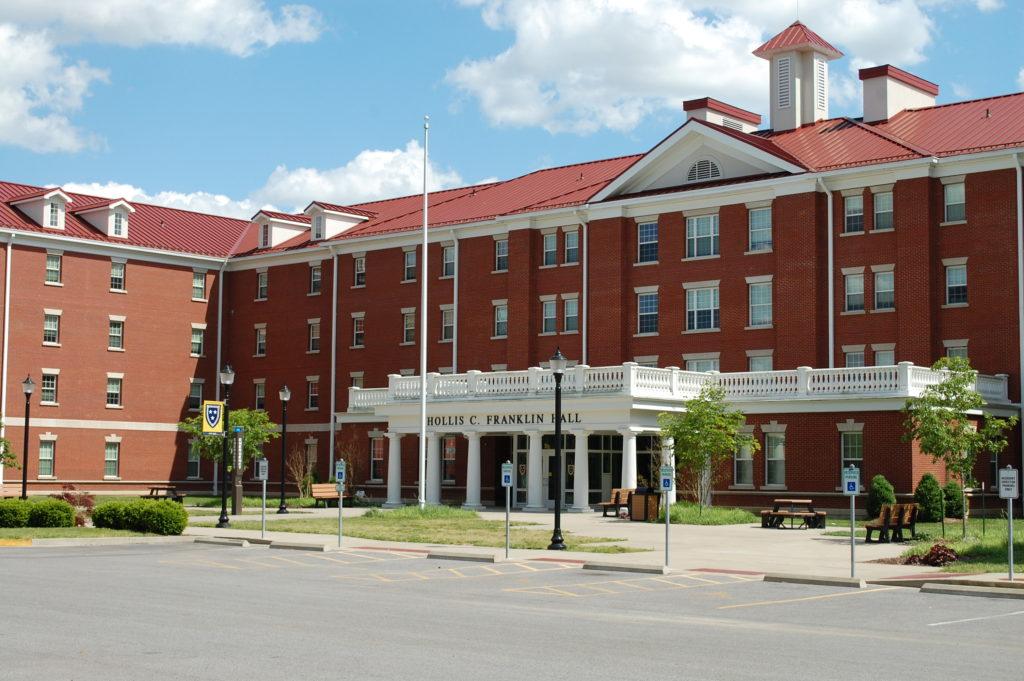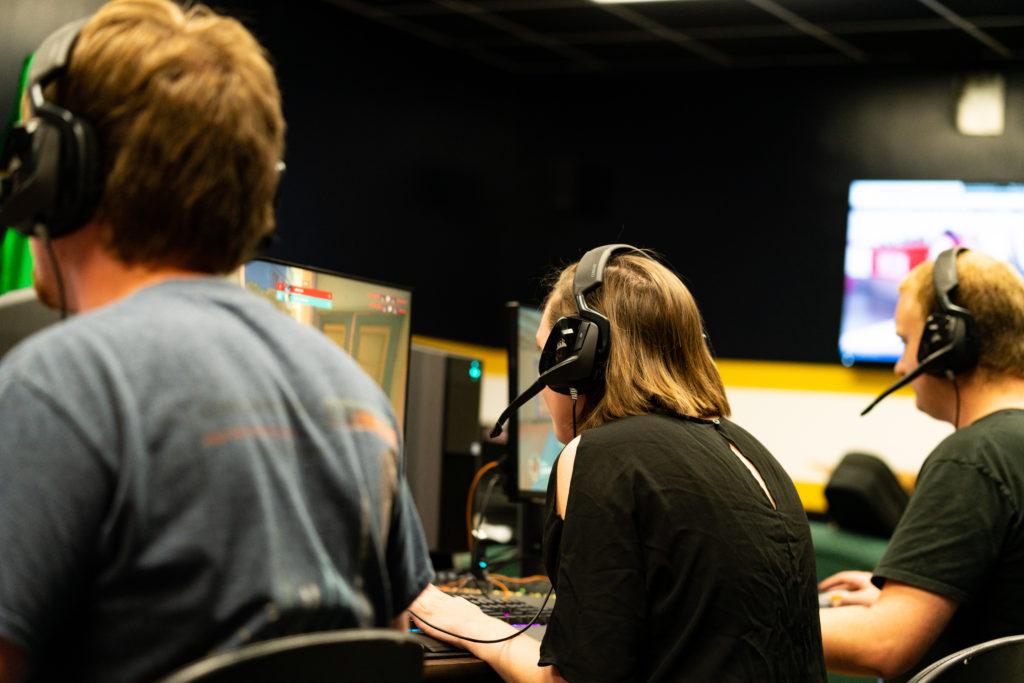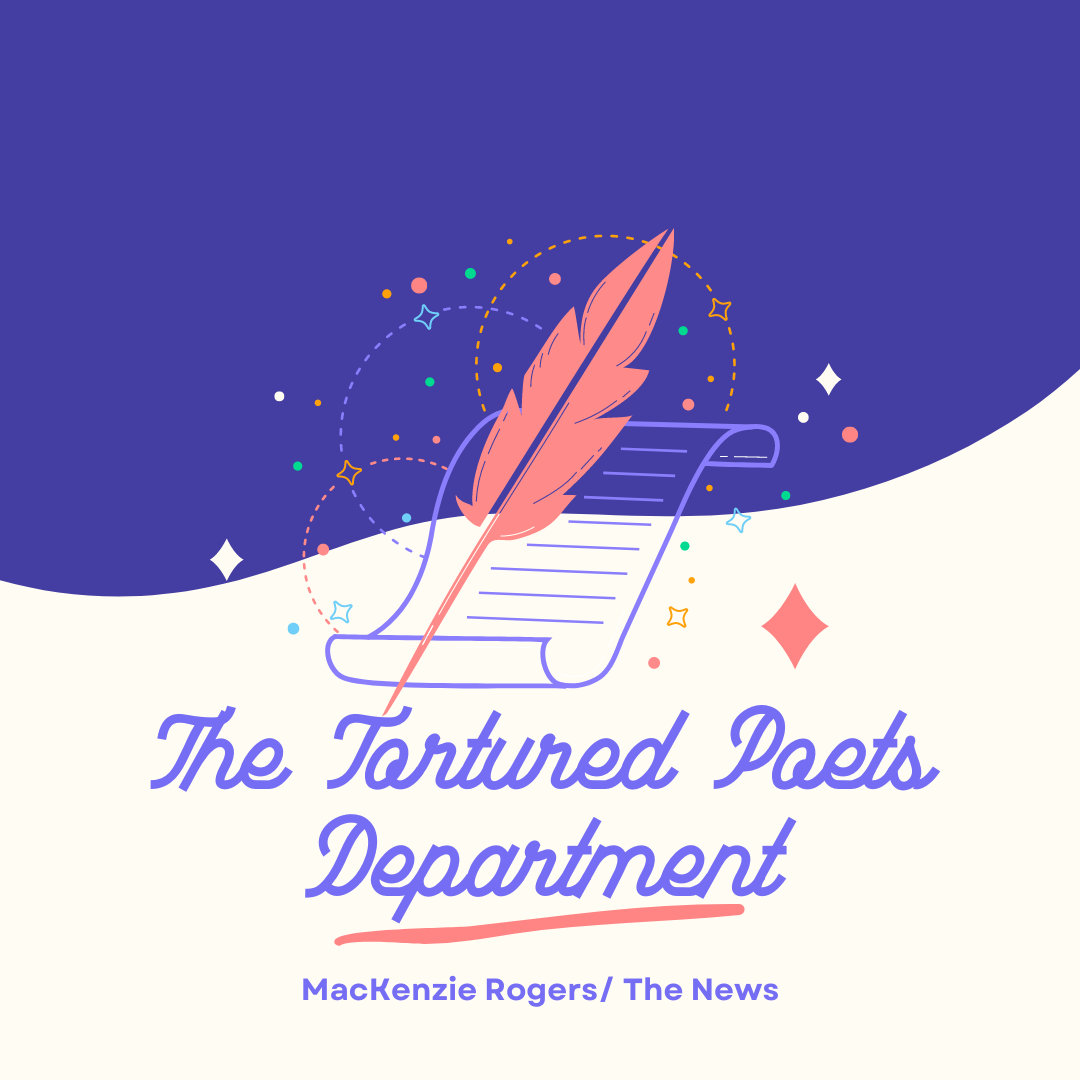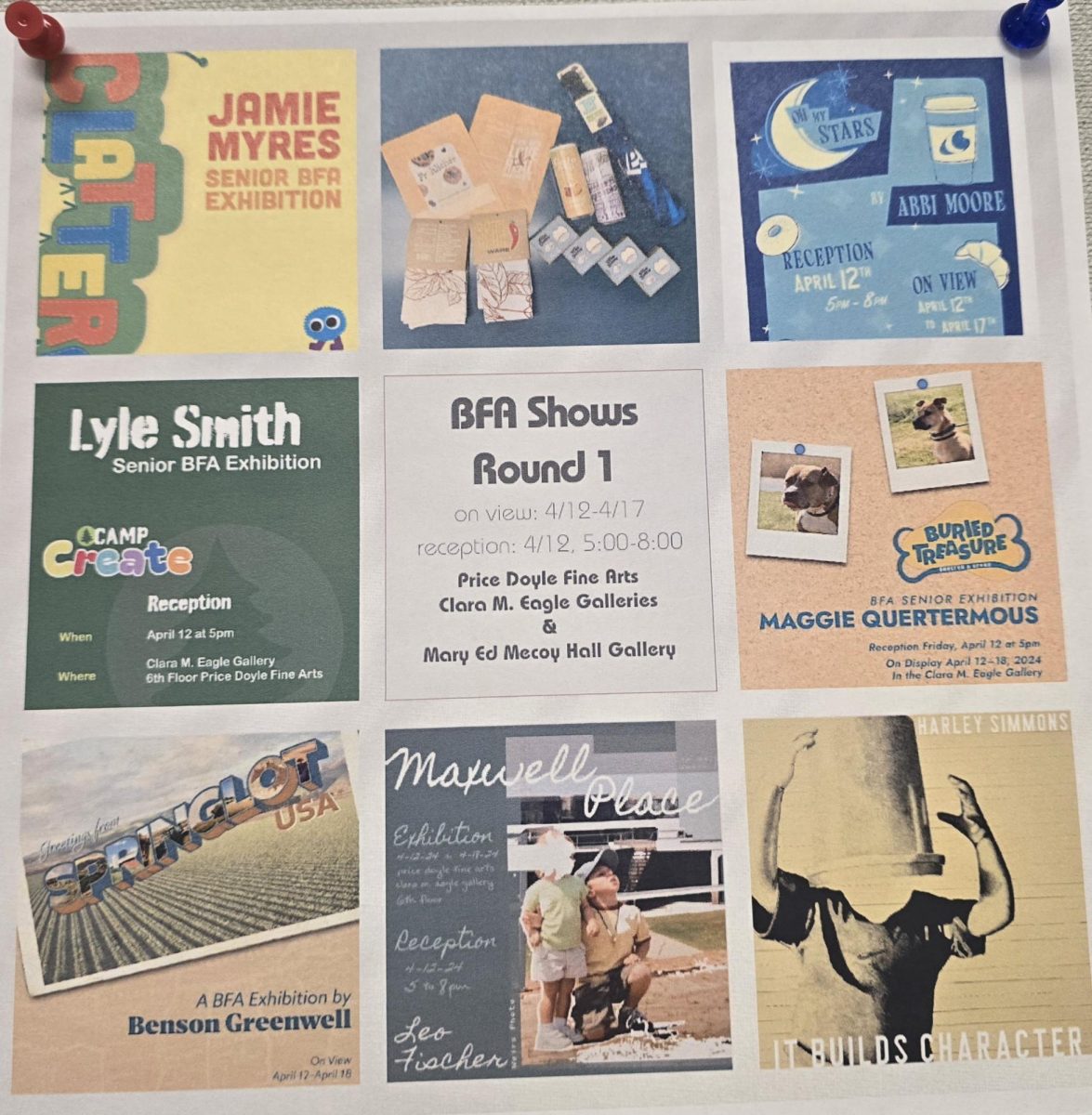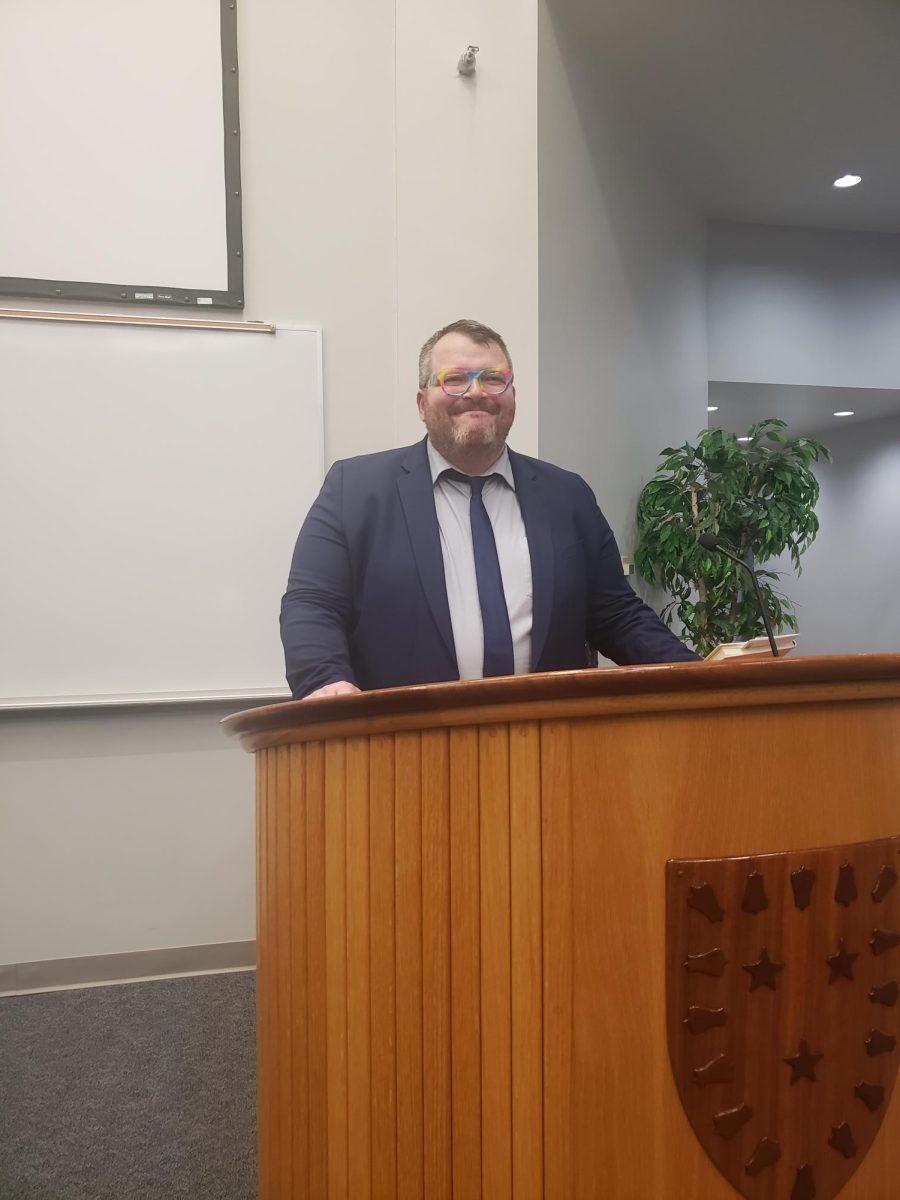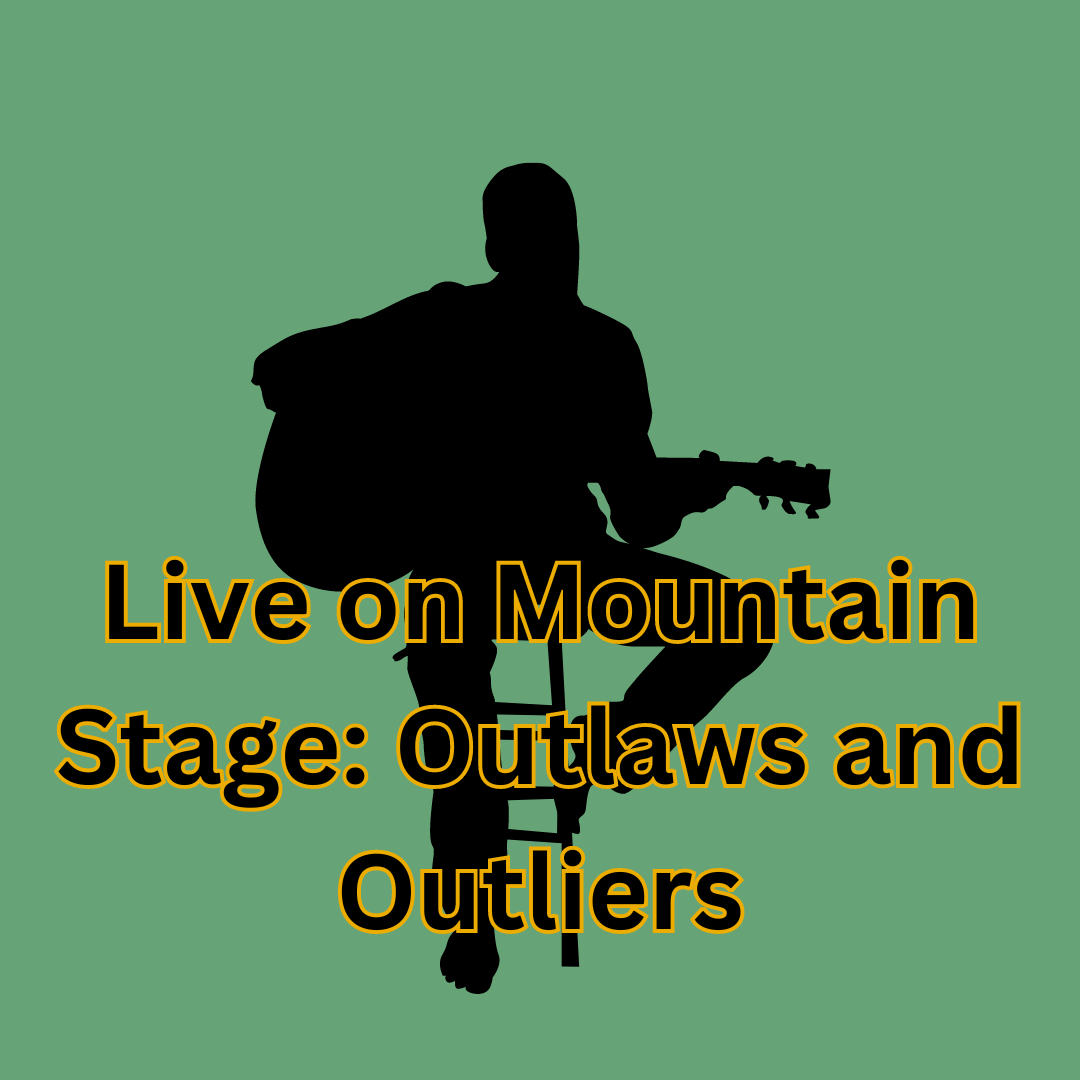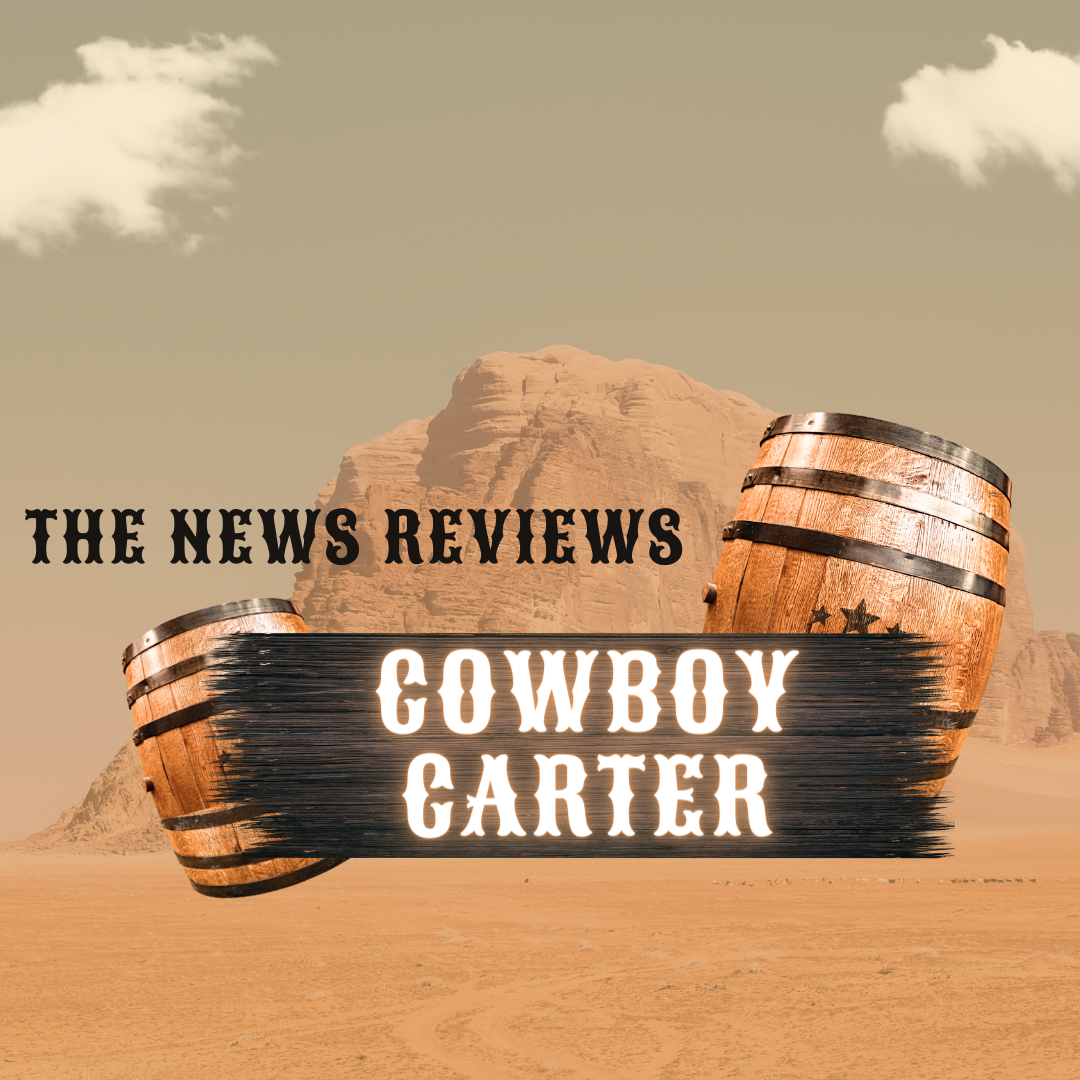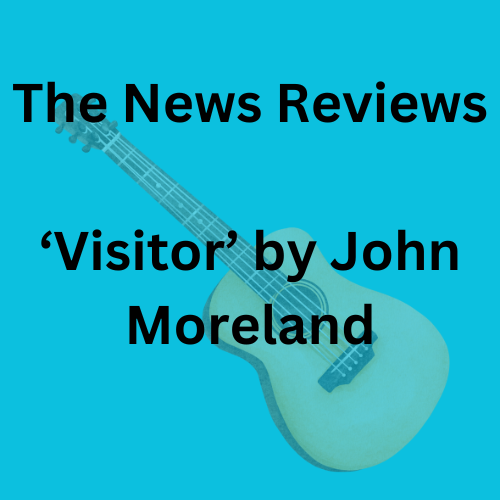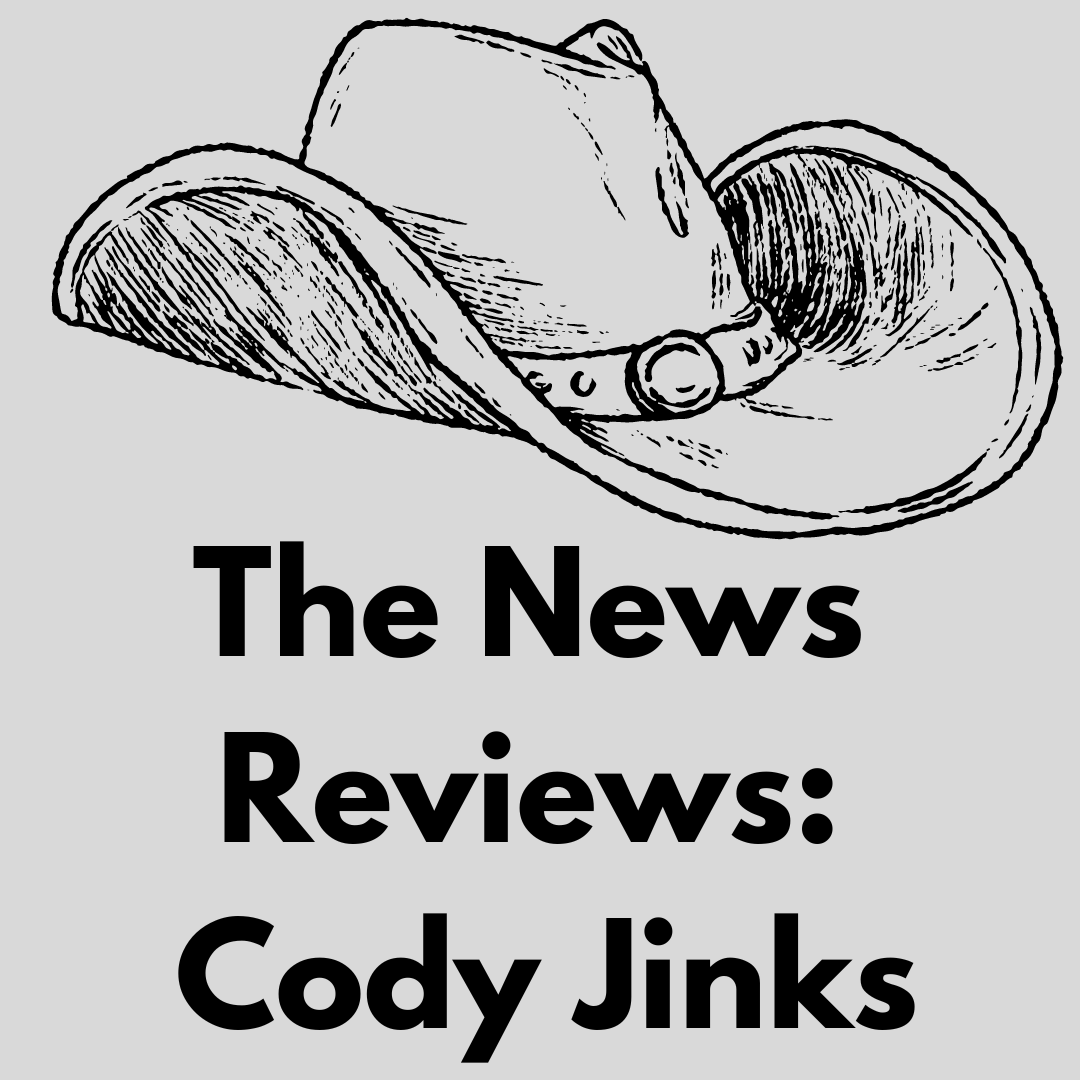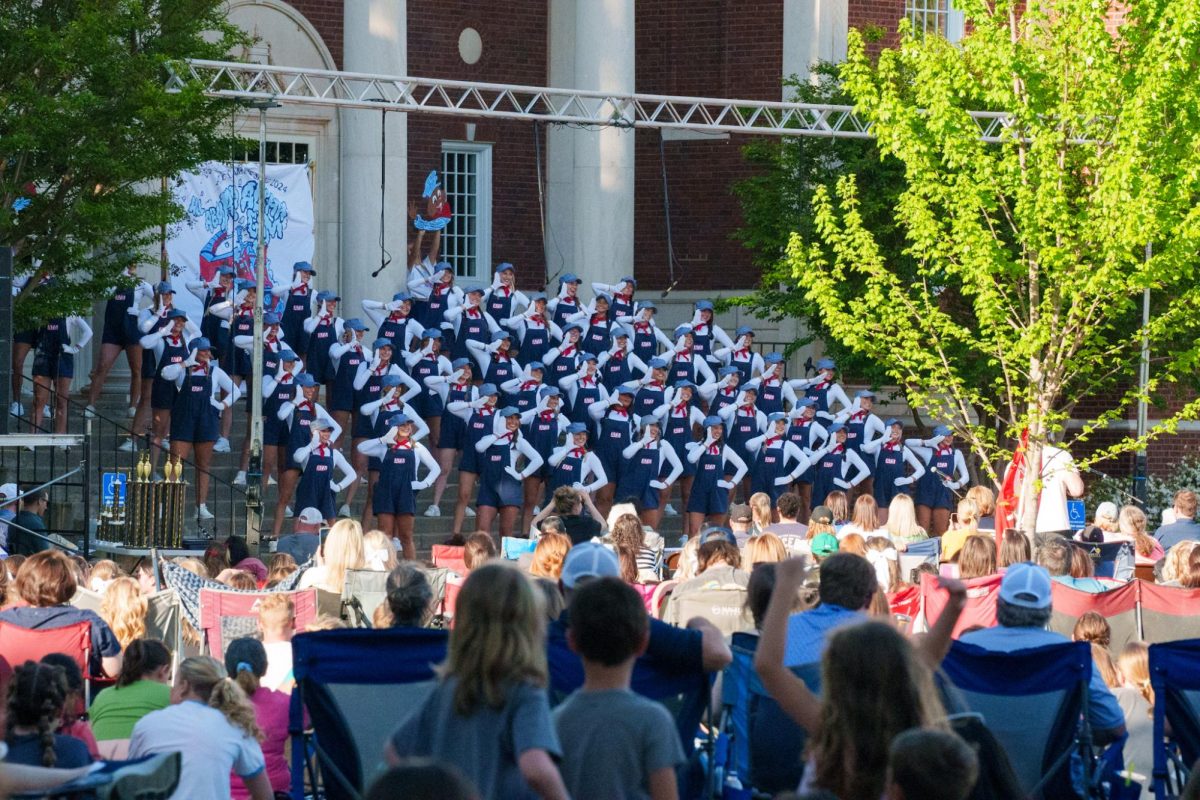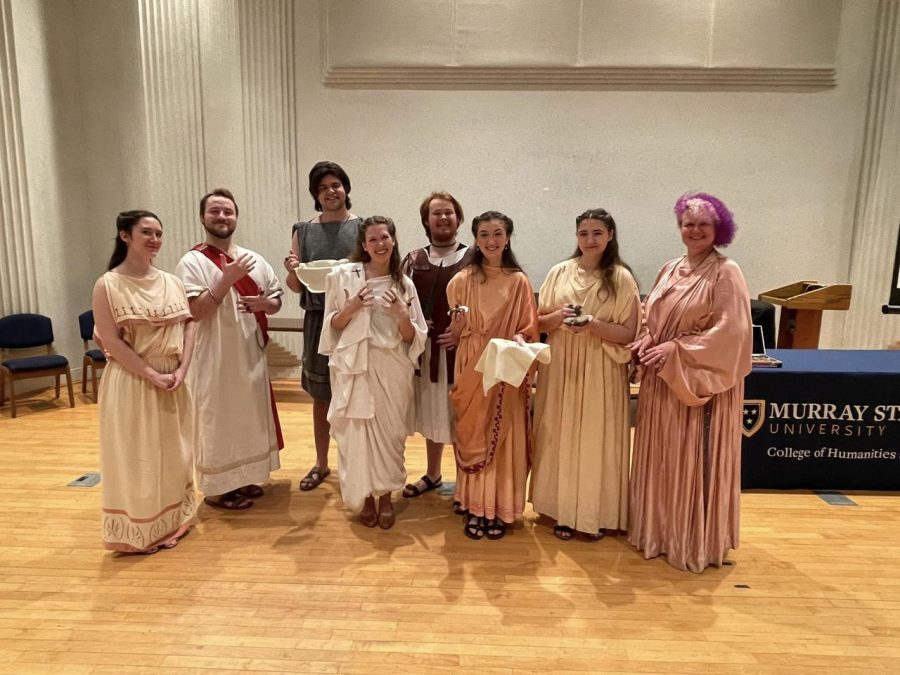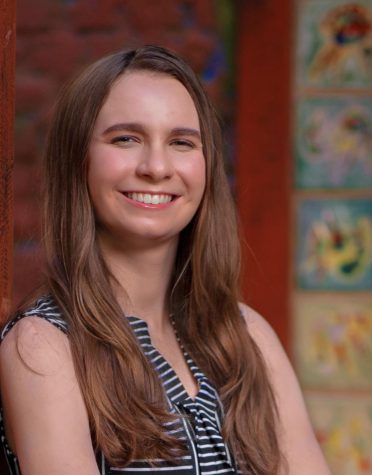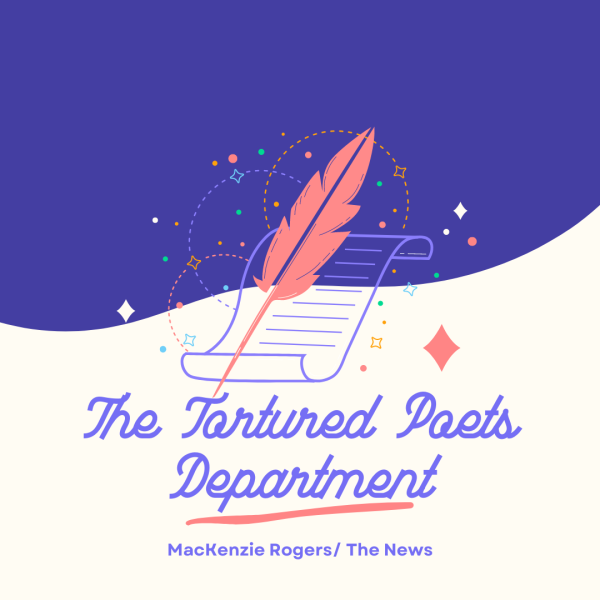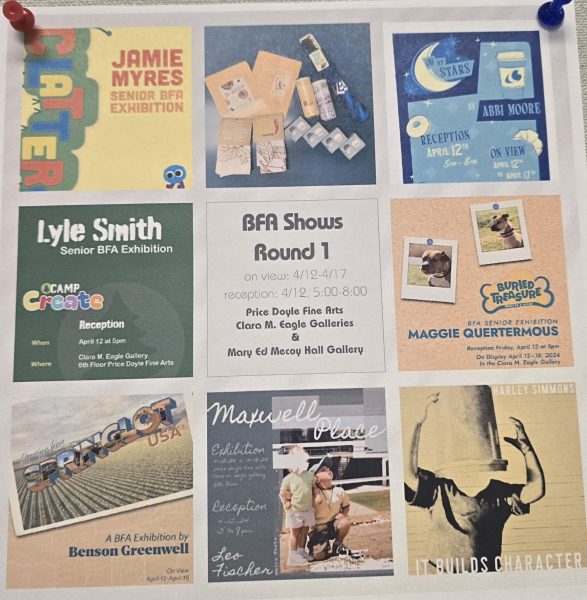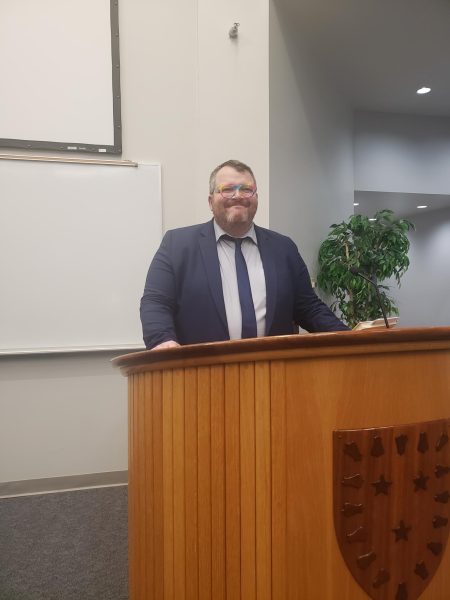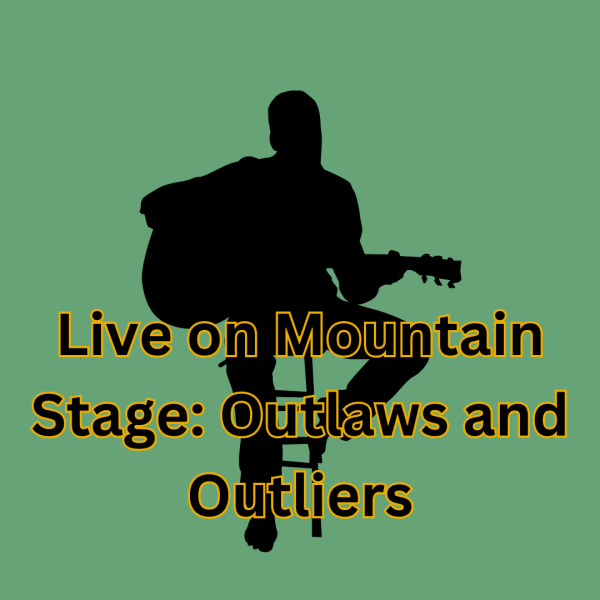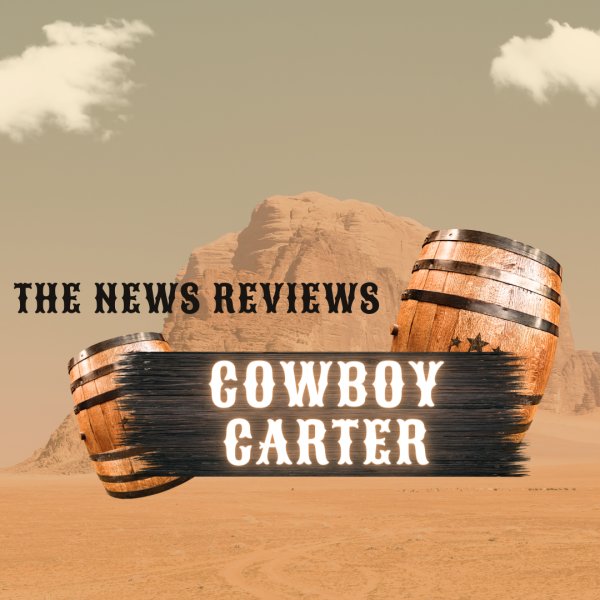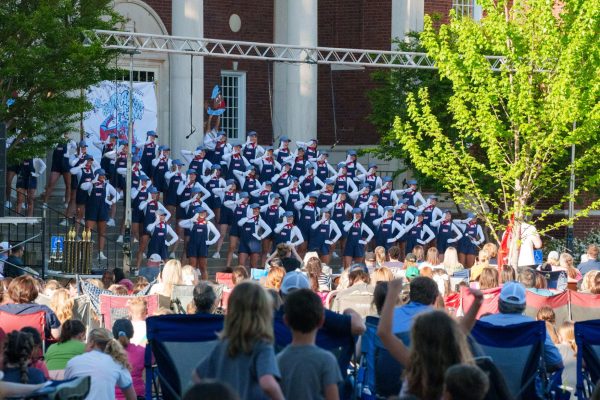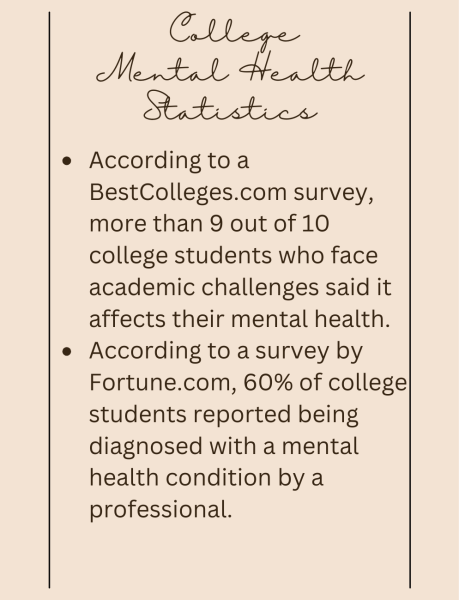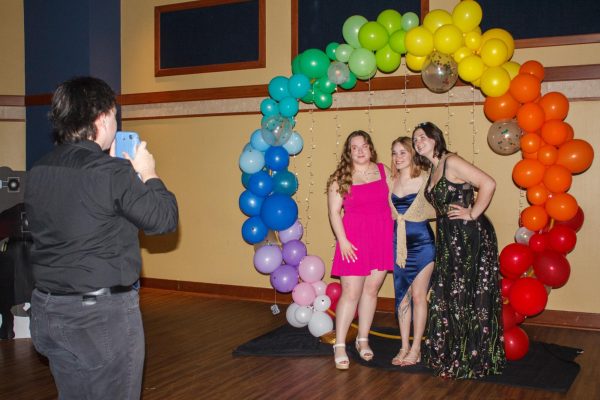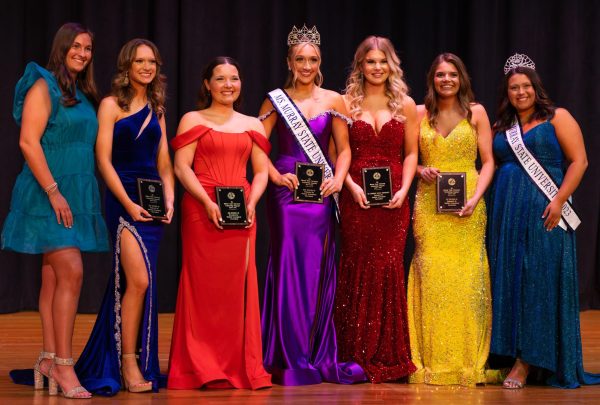Showcase event spotlights faculty talent, research
Students from the history and theater departments wear period clothing designed by theater faculty for the faculty showcase on Feb. 3. (Photo courtesy of Murray State University History Department on Facebook)
February 9, 2023
Faculty members presented on community health, the U.S. immigration process and Greek and Roman history at the College of Humanities and Fine Arts Faculty Showcase on Feb. 3. Held in the Performing Arts Hall of the Old Fine Arts building, the showcase comprised of a mixture of academic research and creative performance.
Nursing professor Jessica Naber and psychology professor Esther Malm shared their community vitality project inspired by the world’s blue zones.
Blue zones, or areas of the world with some of the longest life expectancies, included Ikaria, Greece; Sardinia, Italy; Okinawa, Japan; Nicoya, Costa Rica; and Loma Linda, California. Residents of these locales reach age 100 at a rate 10 times higher than the average American.
Naber and Malm outlined nine commonalities between the world’s blue zones, including: plant-based diets, moderate consumption of red wine, religious affiliation and a sense of purpose.
The researchers looked into Kentucky’s performance across these categories.
“Unfortunately, we rank way down there in terms of outcomes, except for community,” Malm said.
Kentucky ranks 49th in the U.S. in terms of overall well-being and leads the country in cancer deaths. To combat these problems, the researchers developed a website dedicated to promoting community vitality for Calloway County. The site provides tips and resources for movement, rest, nutrition and connection.
Naber and Malm have proposed several ideas for public investments to improve the well-being of Calloway residents, including but not limited to increased pedestrian paths, bicycle rentals for residents and transportation to and from Land Between the Lakes.
Assistant art professor and Mexico native Cintia Segovia Figueroa gave the second presentation, a performative piece modeled after the interview process for a U.S. immigrant visa. Many portions of the mock interview, such as the civics test, were factual.
Creative writing major Jullian Morman, a member of the audience, volunteered to participate in the interview. He said he tried to put himself in the shoes of a real person going through the process.
“When I was up there, I felt very awkward,” Morman said. “I felt kind of talked down to in the sense that I felt really insecure and inferior.”
Though Morman passed the civics test, he said he doubted himself on certain questions despite having lived in the U.S.
“I imagine people who haven’t lived here would easily get a lot of those wrong,” Morman said.
During the speaking test portion of the demonstration, Segovia Figueroa encouraged Morman to use an unconventional accent while reading English sentences. By speaking outside his comfort zone, Morman said he learned about the struggle of nonnative English speakers applying for a visa.
“That felt really awkward and made me second guess myself,” Morman said. “I have a number of friends who have immigrated here or who are trying to, and it made me think about what they have to go through.”
The final presentation, a collaboration between history and theater faculty, involved an array of Greek and Roman artifacts loaned to the University. Some of the artifacts, ranging from jewelry and coins to weapons and medical tools, were over 2,000 years old.
Student models showcased the artifacts and dressed in historically accurate Greek, Roman and Byzantine clothing designed by theater faculty.
Anyone interested can view the faculty created community vitality website at sites.google.com/murraystate.edu/community vitality.



